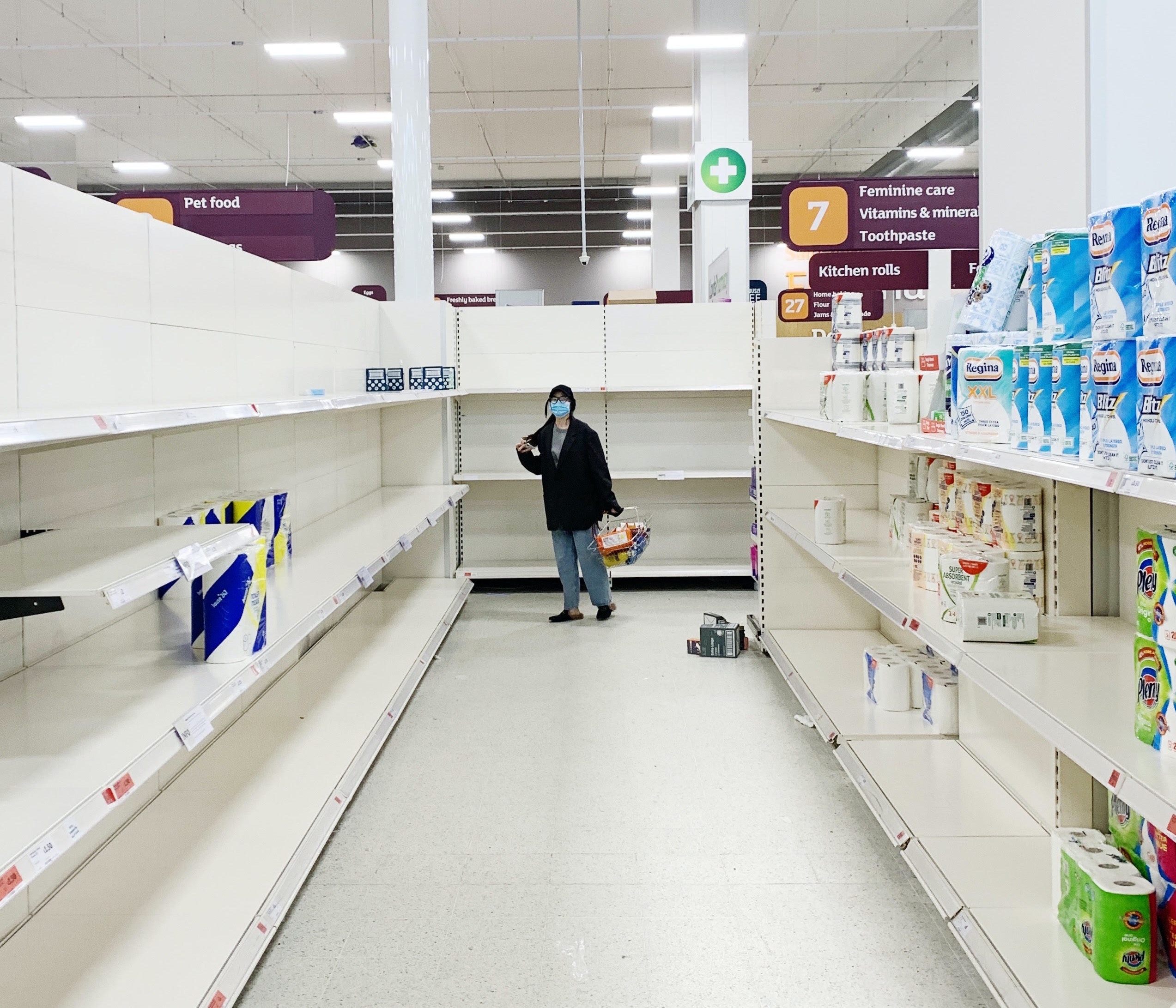


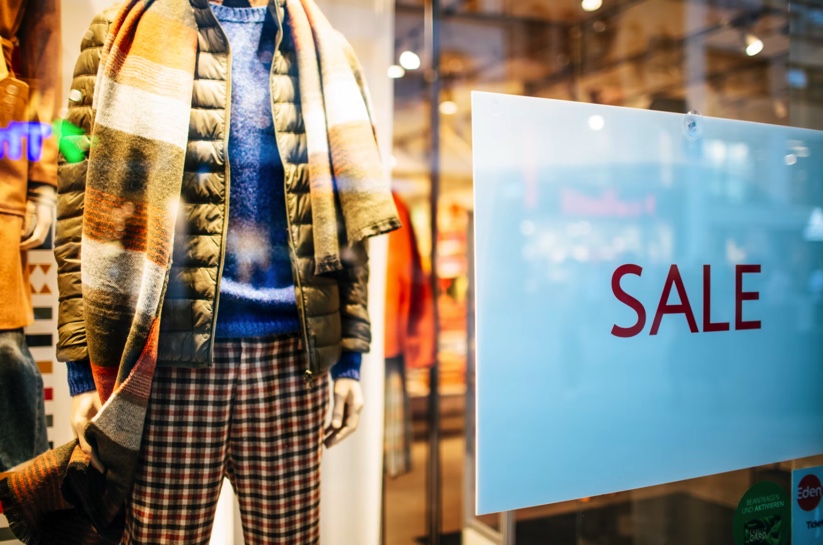

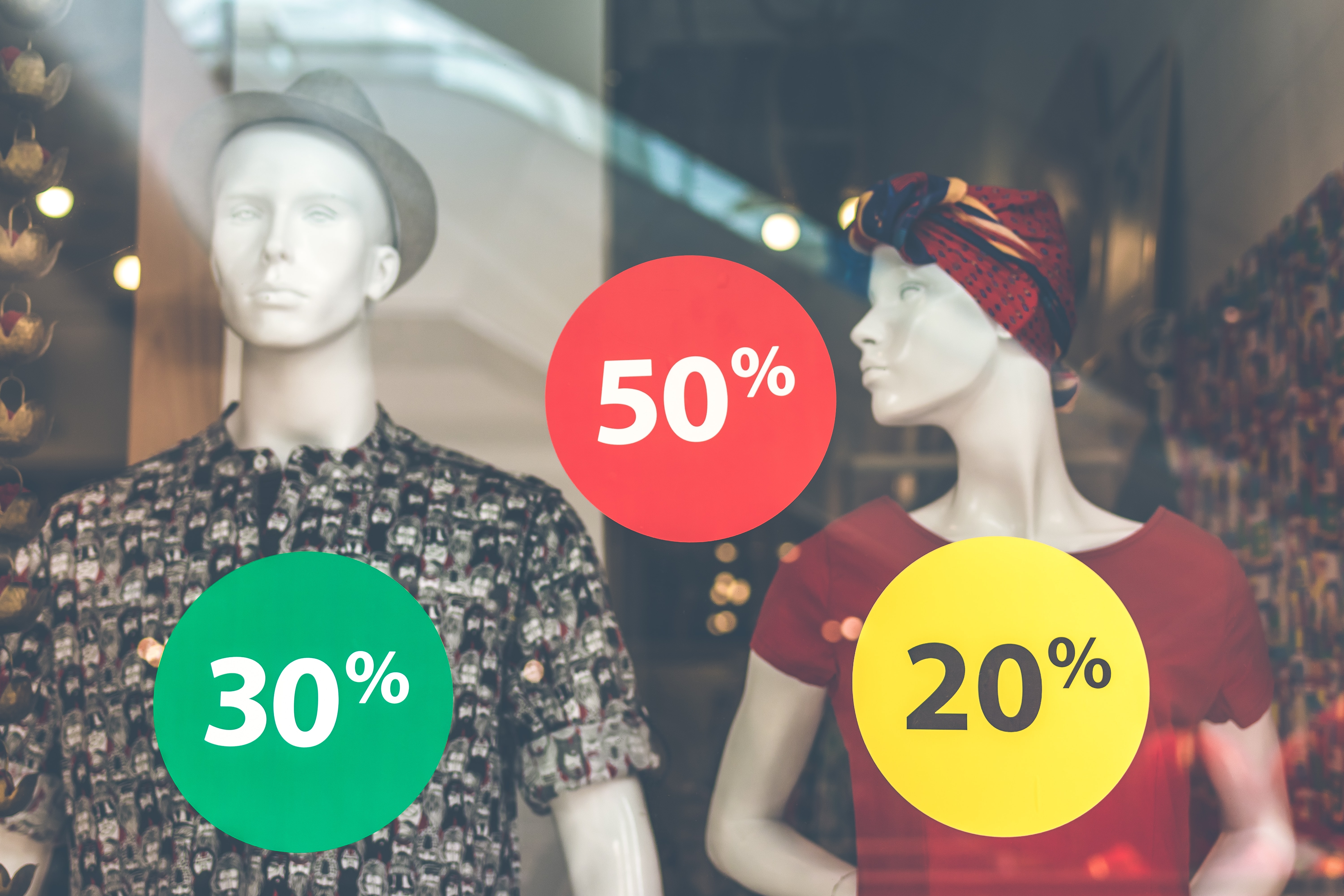
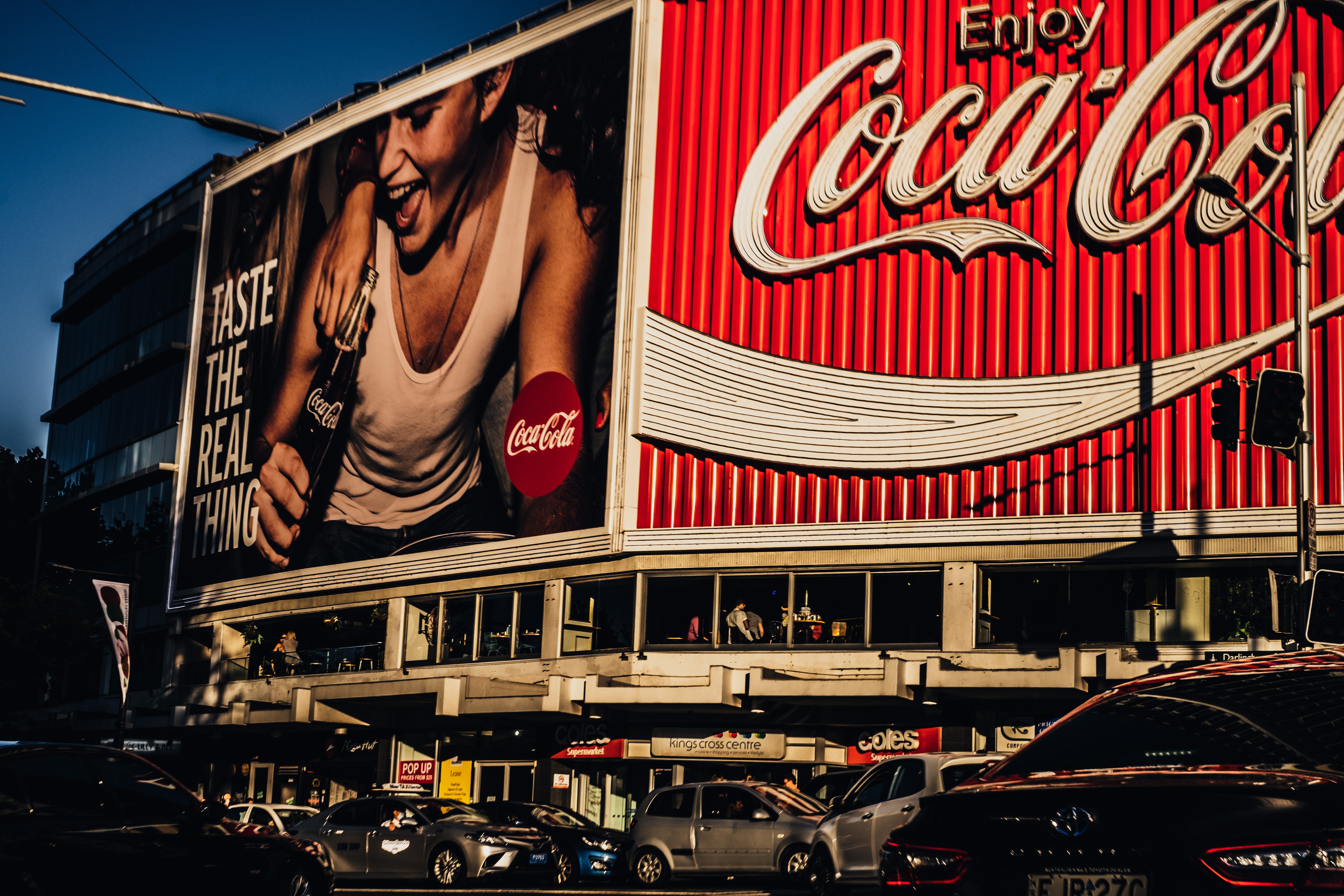

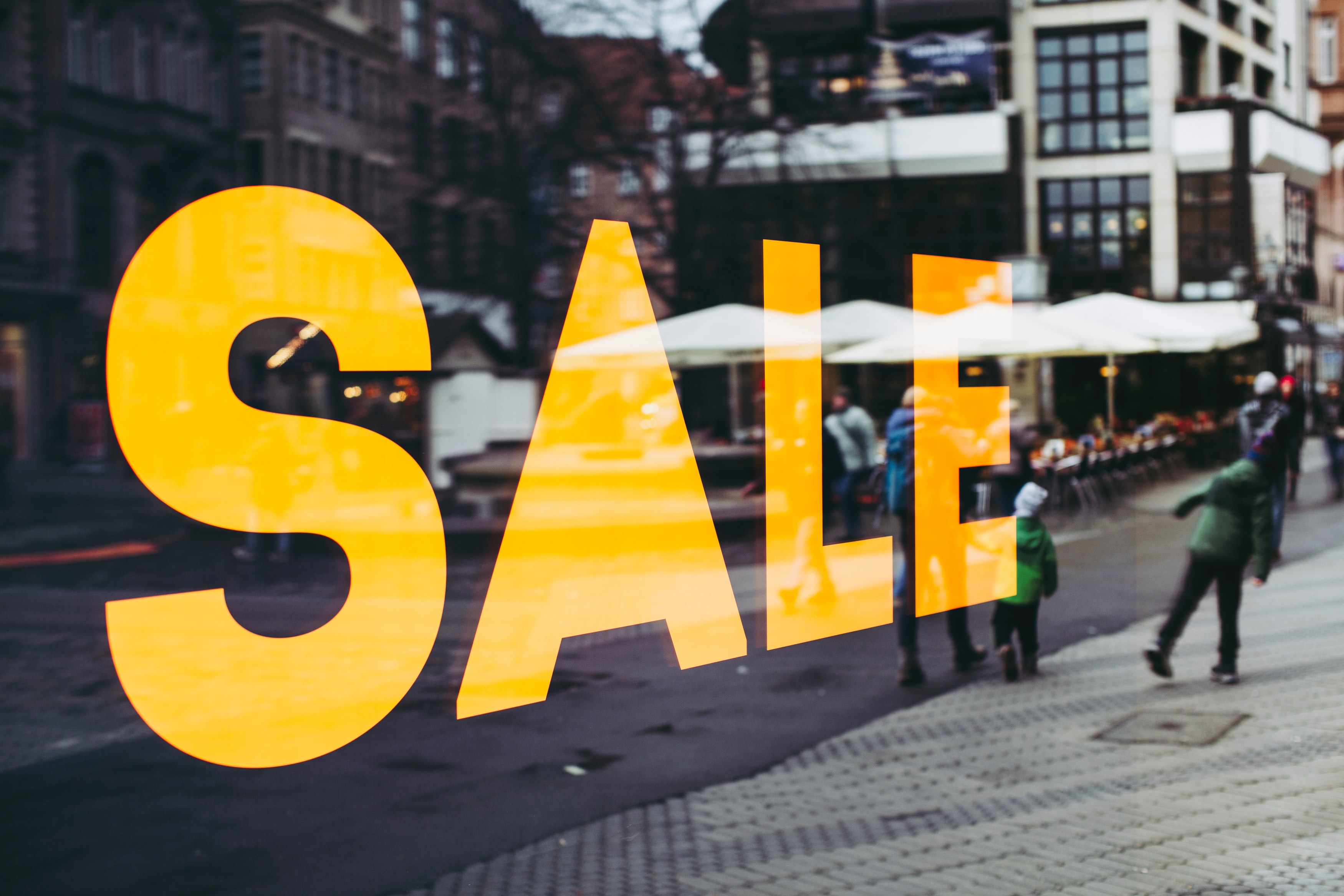
With Black Friday looming, the war for the customer’s attention is on. And, with easing lockdowns and life returning to normal, the online/in-store debate is the hot topic for brands trying to get ahead. Will customers be desperate to get back into the shopping malls post-covid, or will a Black Friday spent in lockdown have taught consumers a more peaceful alternative to fighting with fellow bargain hunters over the last discounted TV?
Having originated in the US, Black Friday’s popularity is snowballing globally, with 60% of our global community intending to take part this year. And, with offers released earlier and earlier every time, this flurry of sales is no longer contained to just one day. But, with this year marking the first time payday takes place after Black Friday weekend, brands are clambering to know whether hunger for discounts or the ‘hold on till payday’ mentality will win.
So, how can your brand get ahead of the competition? The secrets to success have been revealed by our global, always-on consumer insight community…
Unlock the Black Friday predictions here…

When asked ‘how diverse is your brand’ and ‘how inclusive is your company’, some might believe the two questions are merely synonymous. But they’re not just the same question repackaged. According to Forbes, diversity is the ‘what’: who is sitting at the table. Inclusivity, on the other hand, is the ‘how’, the brand culture that allows diversity to prosper: have you pulled up extra chairs to that table?
When 72% of our insight communities believe that brands have a responsibility to be involved in D&I conversations, it’s more important than ever for your brand to embrace an equal and inclusive future. However, despite our online panel being overwhelmingly in favour of brand activism, more than half of them were untrusting of the brands that allied themselves with these causes.
How can brands overcome this double bind of championing progressivism without being damned as inauthentic? We caught up with Ellis Lanyon, Head of Digital for NYX Professional Makeup, Network Chair of L’Oréal UK & Ireland’s LGBTQ+ Employees and Allies Network OUT@L’Oréal, and a British LGBT Award Nominee 2020. He told us how NYX Professional Makeup, a pioneering brand for gender, sexual and racial equality, are working towards a more inclusive future.
Here’s what Ellis, as well as our insight communities, had to say…
Unlock the expert advice from L’Oréal UK & Ireland…
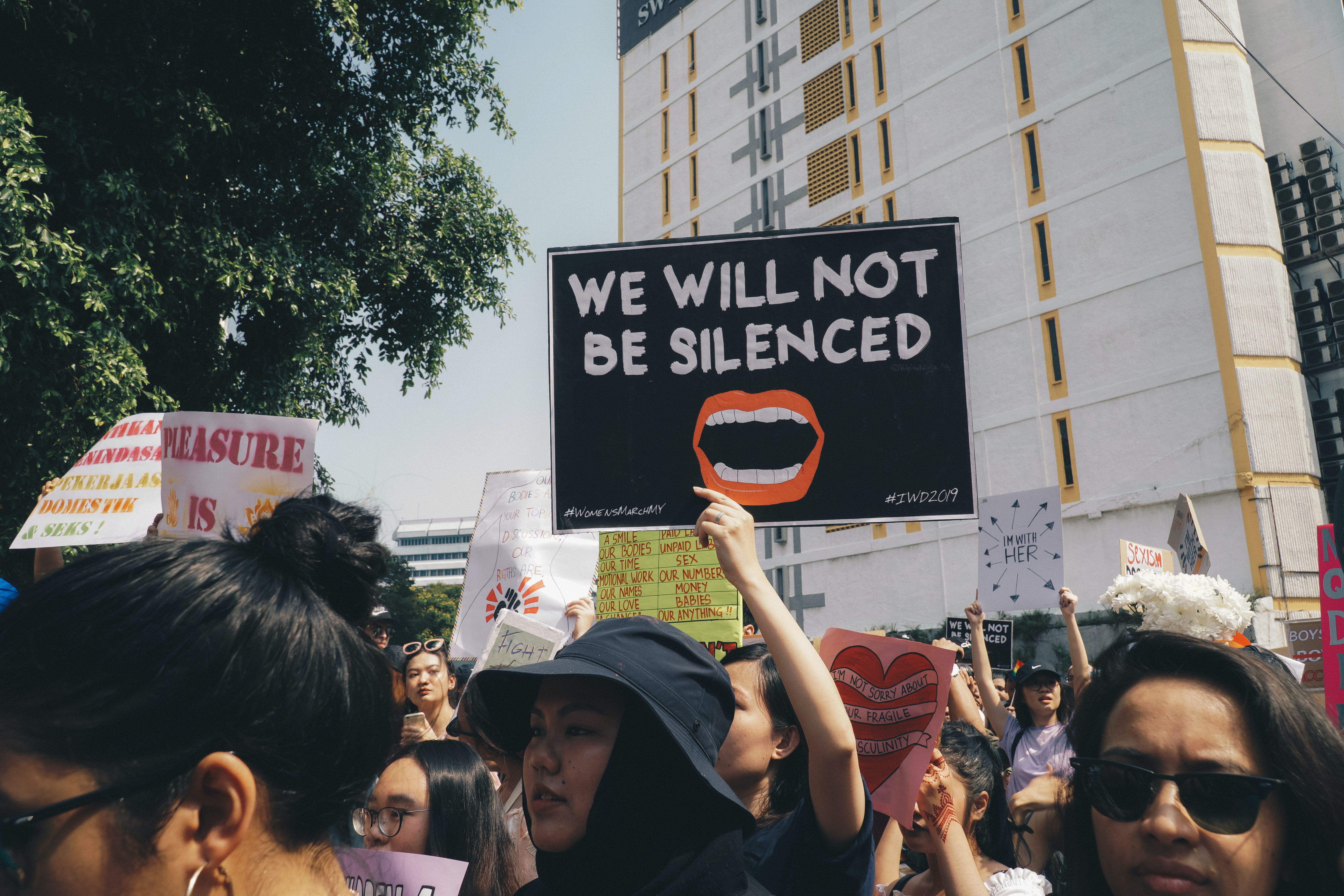
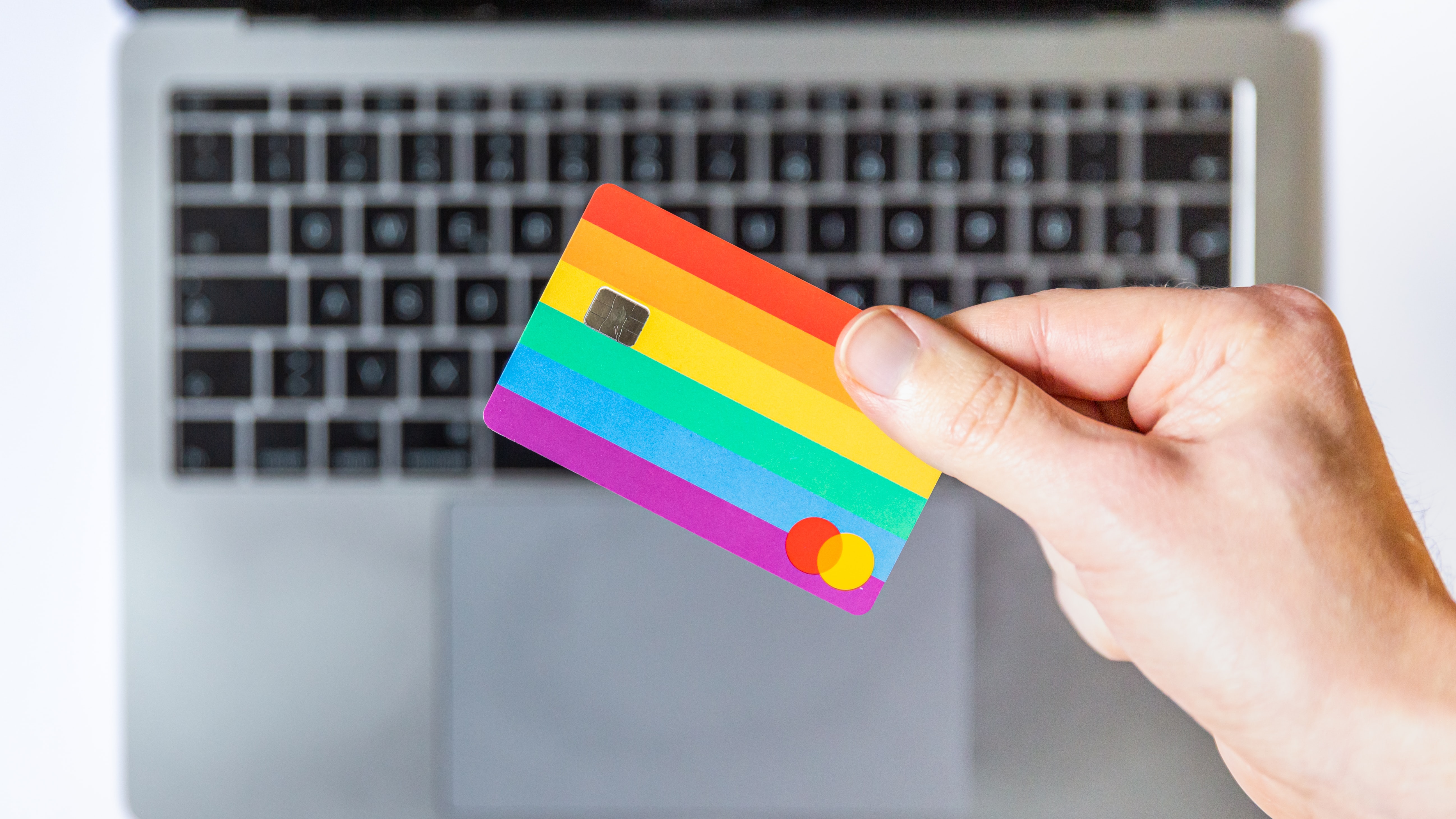

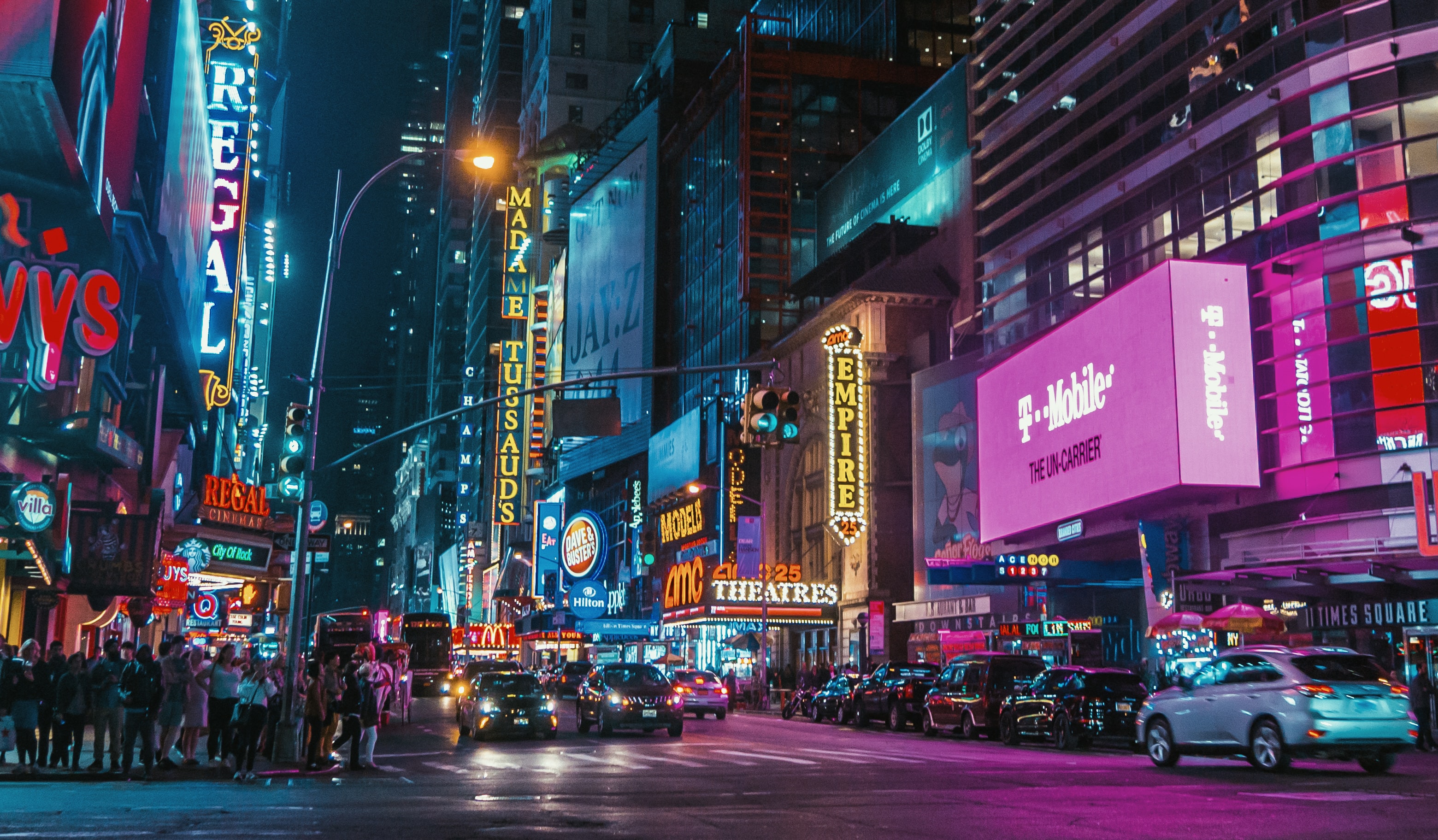
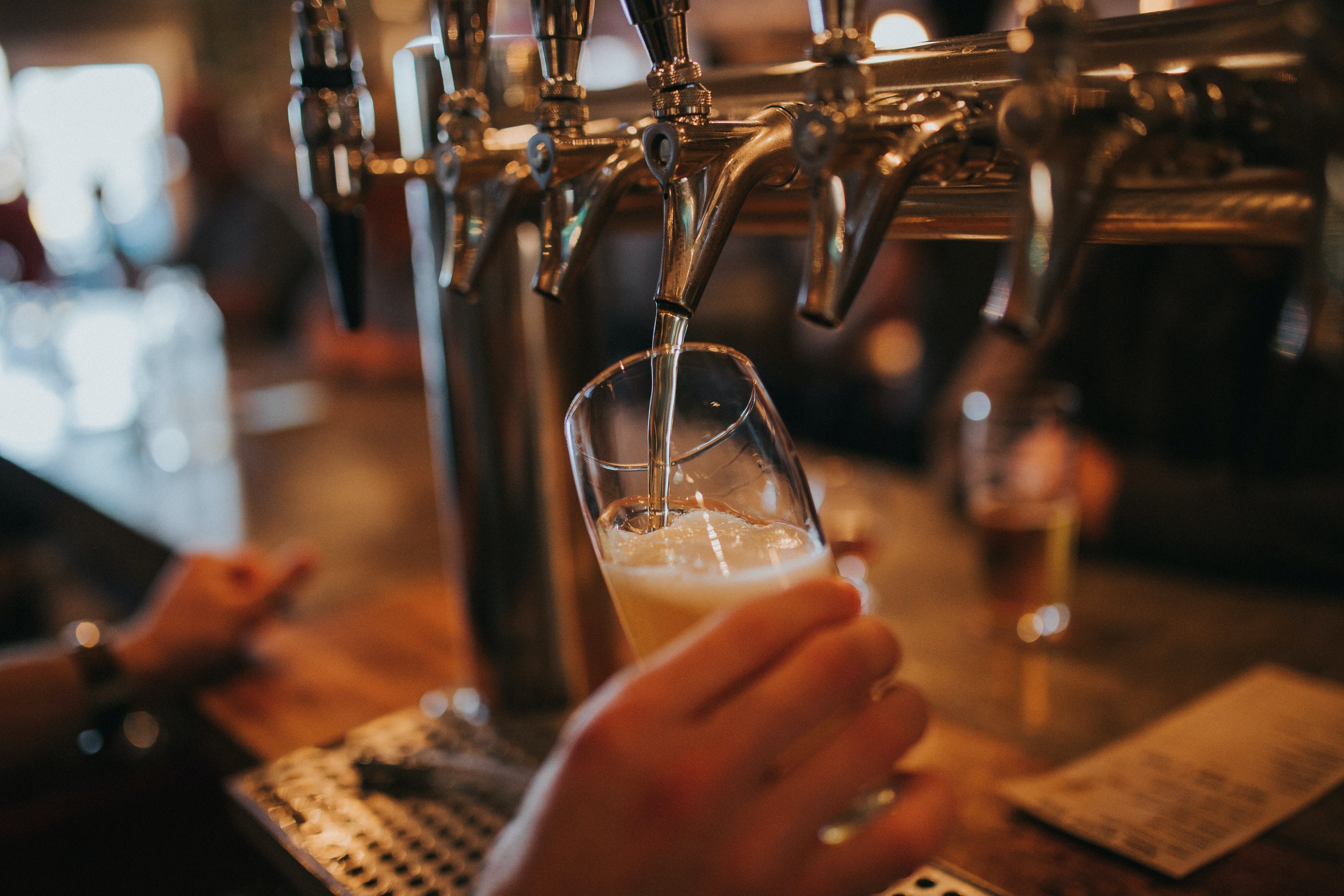
As the UK begins to reopen and cities blossom with life once again, we checked in with our community to see if they were excited for the return of the hospitality industry.
Here’s what they had to say…
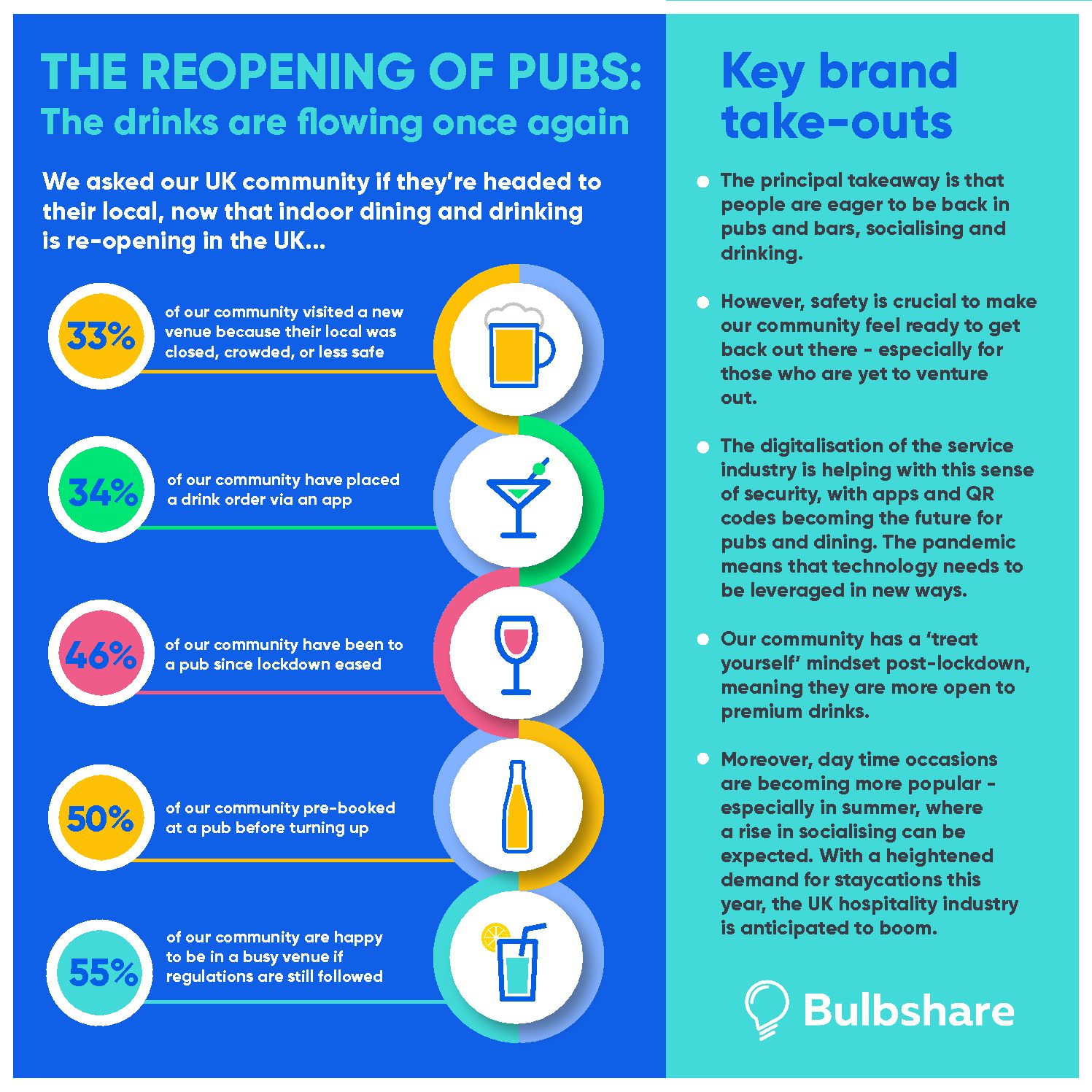
Though there was eagerness to return to a life that isn’t defined by masks, working from home and zoom quizzes, there was consternation over safety.
That being said, half of the community were willing to try a bar or pub that had a lively atmosphere and a lot of customers.
The industry should anticipate customers ready to spend on premium products, and prepare for the digitalisation of service.
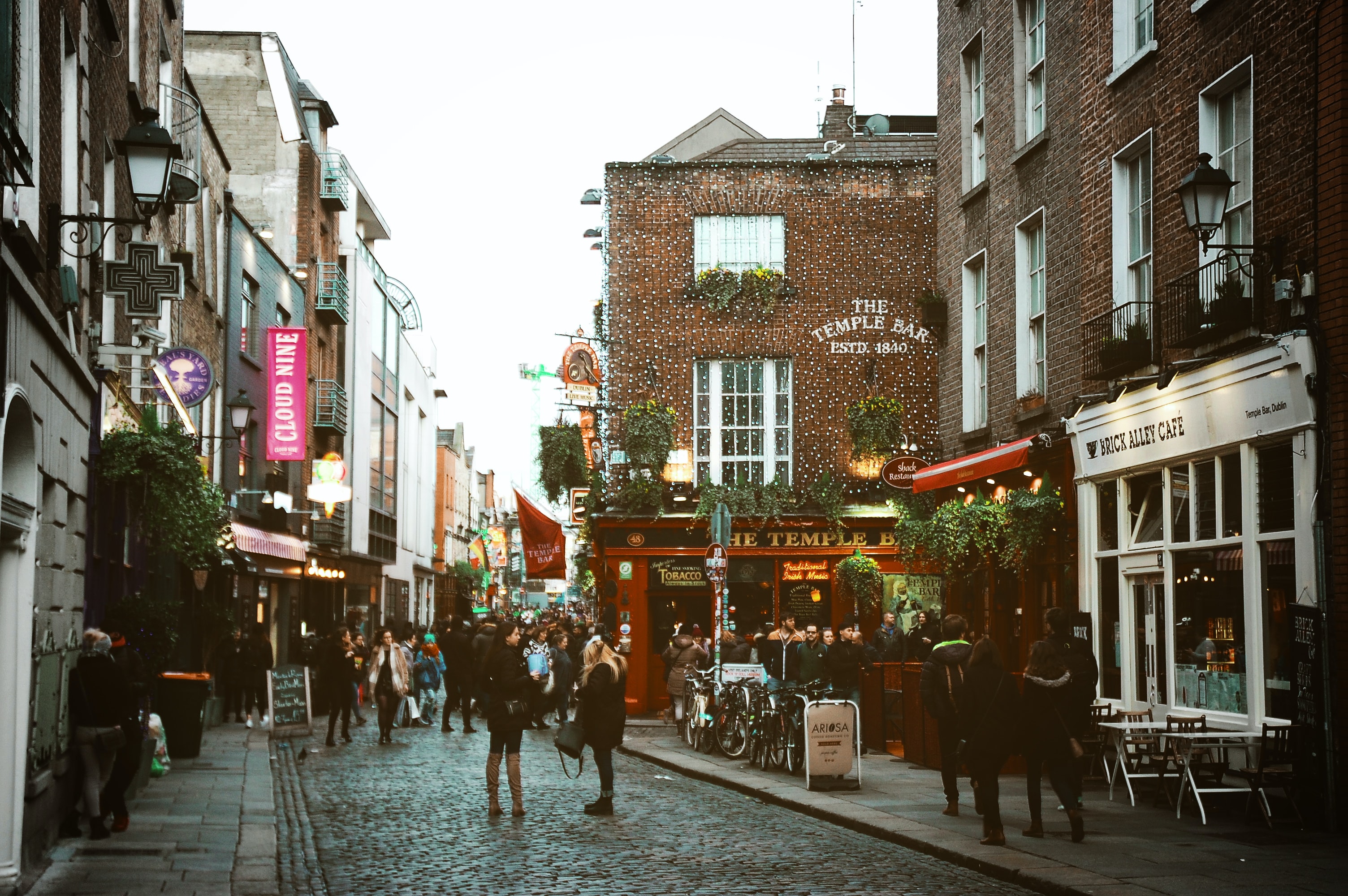
The key insights around the future of socialising…
Join us for an hour of insights examining emerging consumer behaviours as we return to eating and drinking in public spaces like coffee shops, restaurants and bars.
We’ll look at consumer perspectives on how the service industry has reacted and chart the key consumer trends impacting the future for brands.
Featuring industry experts:
👉 Rhys Humm: New Business Development, Costa Coffee
👉 Elizabeth Davies: Senior Category Manager, Budweiser Brewing Group
👉 Louise Hughes: Collaboration Director, Bulbshare / Retail Strategy Expert, Boots, Reckitt Benckiser, AB InBev
👉 Sebastian Szczukiewicz: Client Collaboration Lead, Bulbshare
Request our webinar recording now to unlock all the insights…
Request our webinar recording now to unlock all the insights. Just share your details below and we’ll email you with a link…

The UK’s new traffic light system has everyone eagerly hanging on for the green light for holidays abroad. So, we approached our global insight community and asked them if they’re desperate to be relaxing on an exotic beach somewhere – or if they prefer the safety of home this year.
Here’s what they had to say…
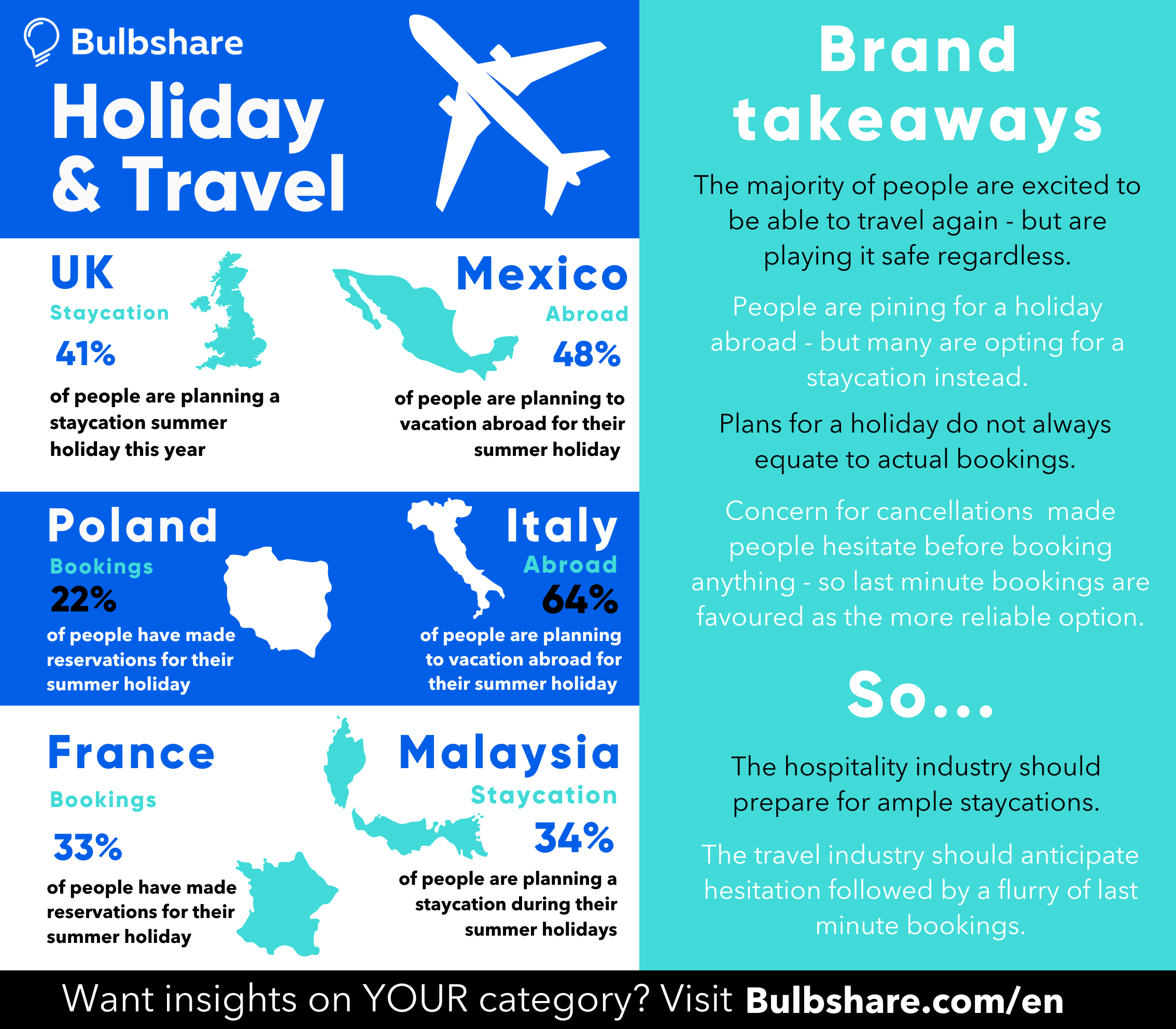
“Because, after having so many obligations and duties during lockdown, I would like to relax and be treated. But above anything else, travel is good for our economy.” – Bulbshare user, Male, 43, Italy
Despite restrictions, ambiguity and costs, there is a shared enthusiasm for travel amongst all communities. 78% of our Polish users, 84% of our Italian users, 92% of our Malaysian users and 64% of our UK users all have their fingers crossed for a holiday this year. Whether that translates to bookings and plans is another question, so travel agencies will have their work cut out for them in converting desire into determination…
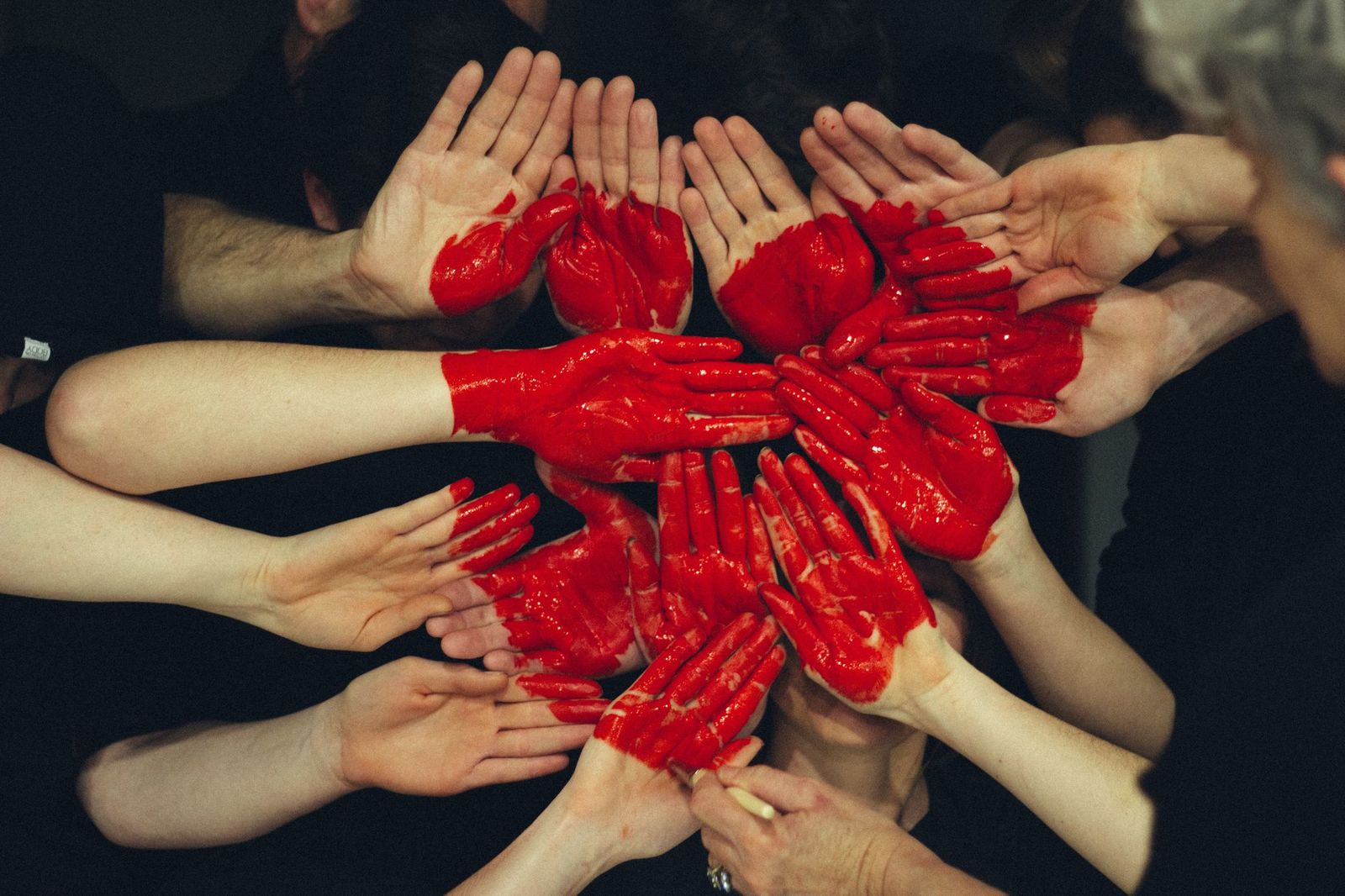
The key insights around the future of brand advocacy
Join us for unmissable insights around the power of customer communities – and why they are shaping the future for brands. Just request our webinar to discover the importance of building online customer communities, the power of customer advocacy, the role of user-generated content for businesses and the changing idea of ‘authenticity’ for modern audiences!
Featuring industry insiders:
👉 Gordon Glenister: Head of Influencer Marketing, BCMA
👉 Louise Hughes: Collaboration Director, Bulbshare
Request our webinar recording now to unlock all the insights…

With the UK tentatively reopening next week, we asked our community how they felt about heading back out for a pint! On the cusp of so much change, we wanted to know whether they feel cautious about going out for the first time in so long or are rearing to go…
It’s safe to say, our community were excited to be back out, with a beer in hand!
Check out the infographic to discover what our UK market research communities had to say about drinking and dining this summer.
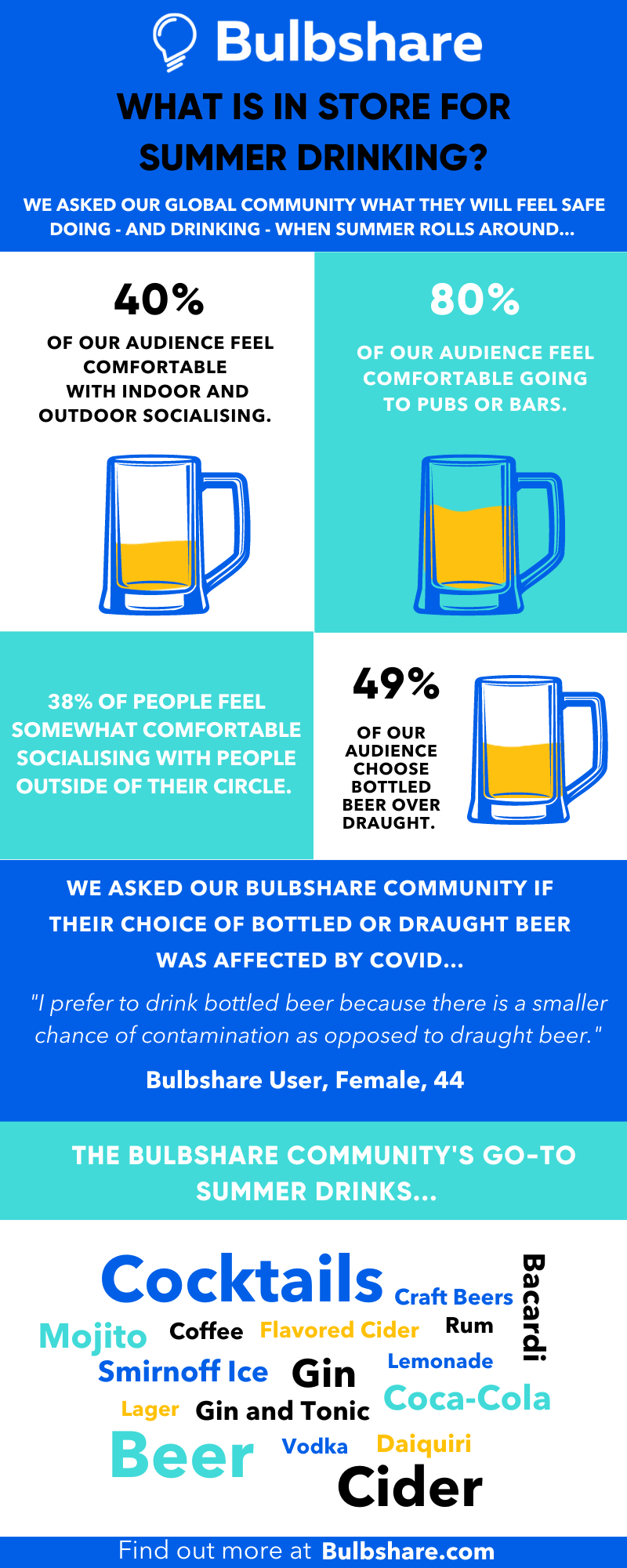
“I am excited to have more freedom to enjoy time with family and friends again” – Bulbshare user, Female, 55, UK
80% feel comfortable going to BBQs and picnics, 63% are heading back to bars and pubs and 78% are going to beer gardens. It’s safe to say the hospitality industry will have a lot on their plates this summer; seats will be full in pubs, restaurants and bars for the first time in months.

Working from home has become the new normal. And with the world’s transition to remote working well under way, we are all wondering whether a full return to the office will ever be a possibility.
So, we checked in with our Bulbshare community to gauge their thoughts and feelings on working from home, burnout, and digital fatigue. With all this time online, we wanted to know if the blurring of work and home is making them more tired and less productive – or if they are loving this new homebody lifestyle!
Check out our digital fatigue infographic below to discover the insights…
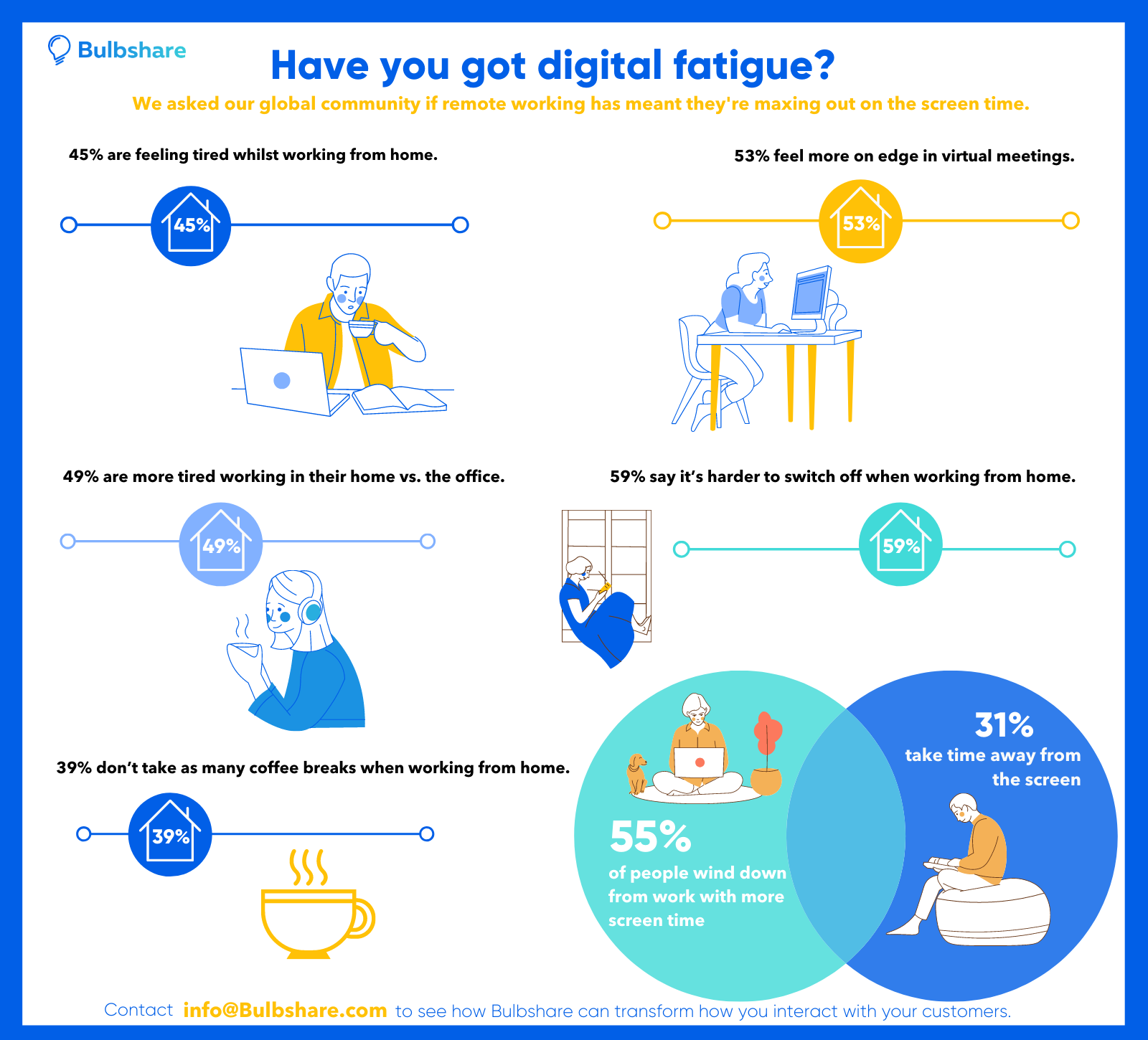
“The boundary between work and home is often much blurrier” – Bulbshare user, Female, 34, UK
When 59% of our digital communities said they found it harder to switch off mentally after work and 39% take fewer breaks, it is clear that our focus groups are feeling burnt out. With such heightened anxiety, loneliness and exhaustion from all the time away from reality and colleagues, it’s time to look to new ways of forming connections and fostering togetherness.
There is no better way of simulating that sense of companionship in these remote and isolating times than through virtual communities.
To find out how these insights could benefit your business, get in touch at info@bulbshare.com.
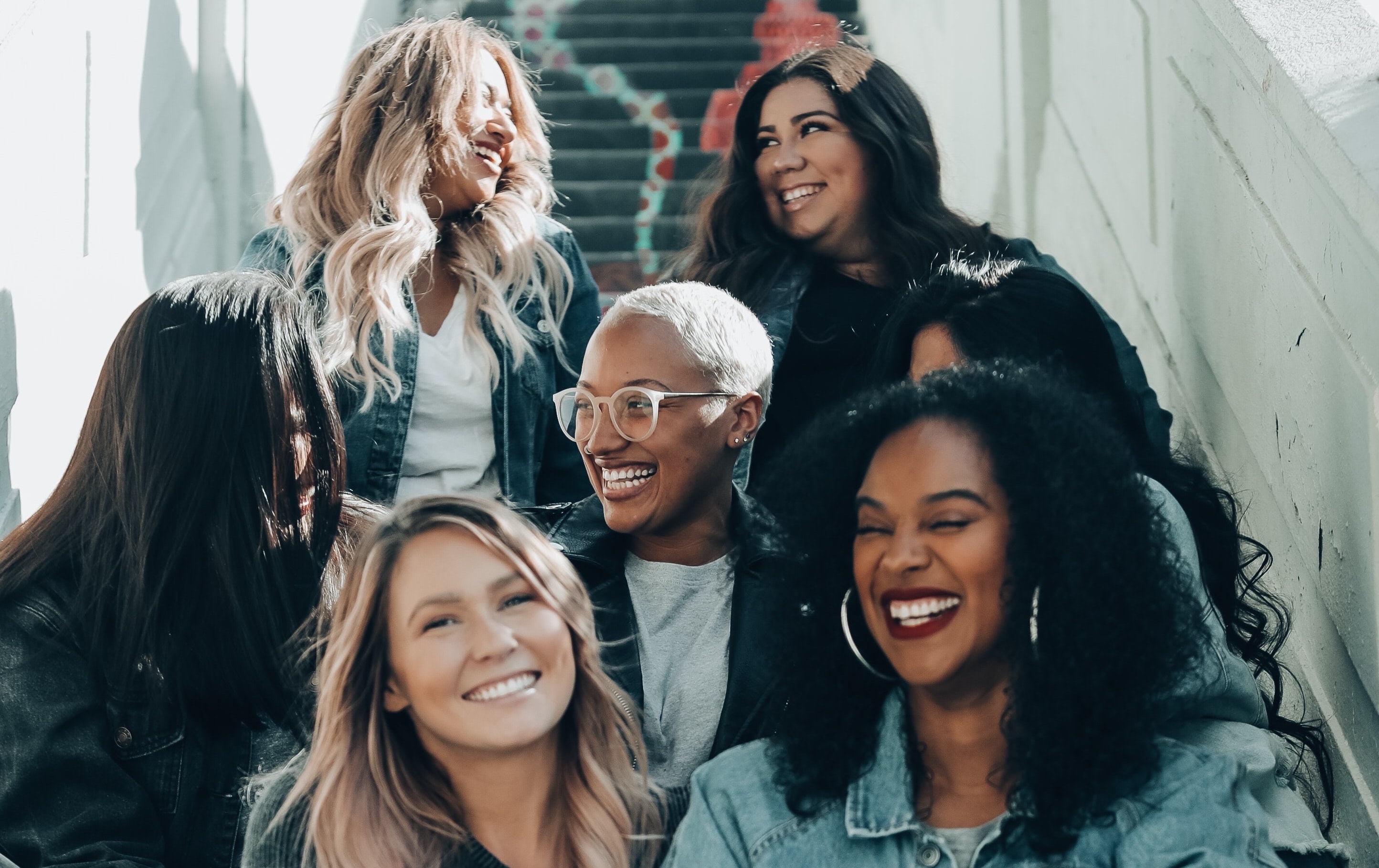
Consumer insight communities are fast becoming an indispensable part of brand strategy when it comes to building connections and truly understanding your customers.
More and more leading global brands are investing in these types of direct relationships and with 88% of Bulbshare’s global insight communities reporting they are eager to be involved in brand decisions, the desire to connect is clearly reciprocated by consumers.
So, what are the secrets to building and maintaining these communities, and how can you best utilise them to be truly customer-led and turn your customers into friends, followers and fans?
Unlock the answers with Bulbshare’s ten-step toolkit. Just fill in your details below then check your inbox…
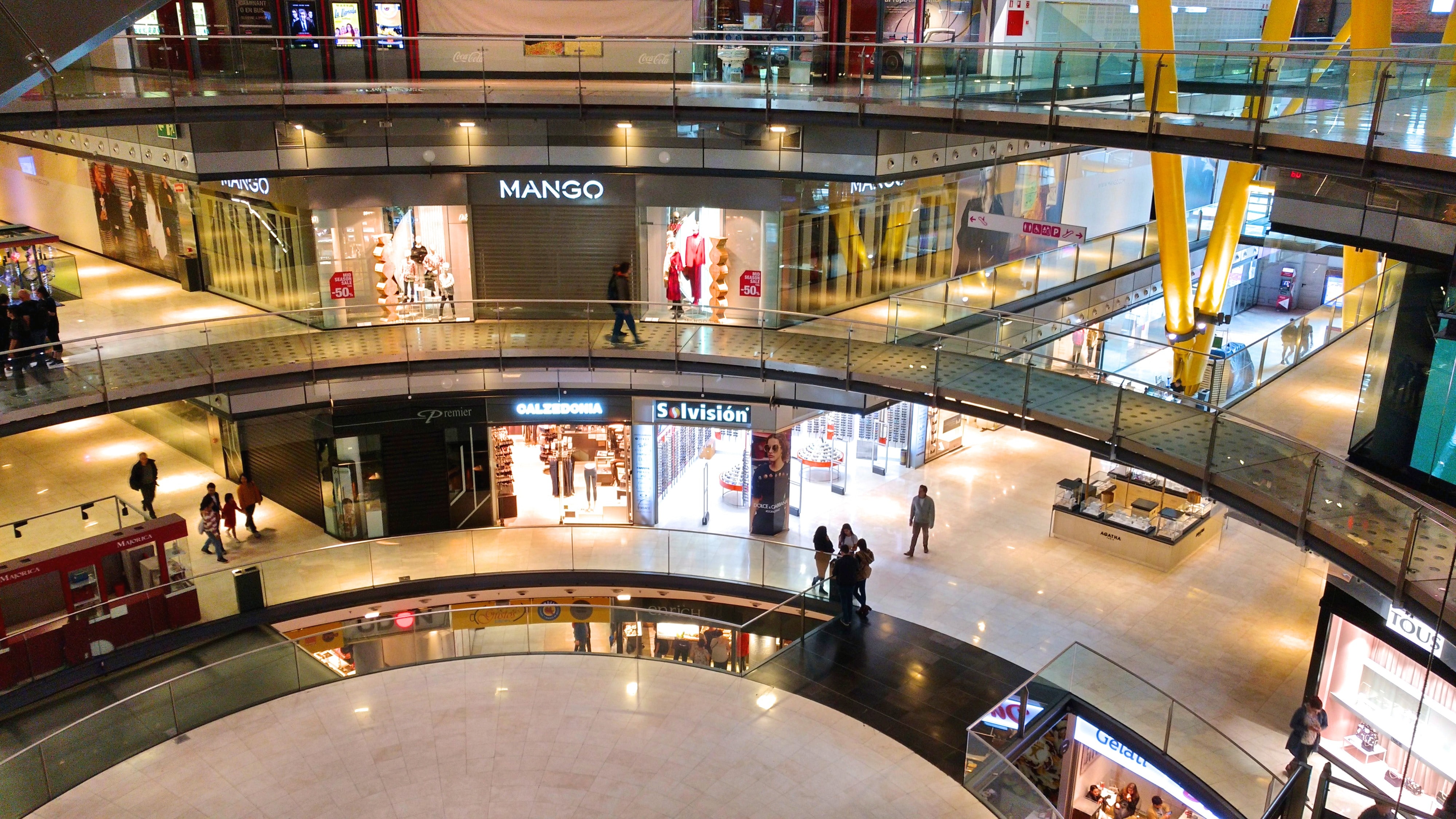
The key consumer shopping trends post lockdown and what they mean for retail, brands and shopping centres.
How will our idea of the high street and shopping centres evolve over the next 12 to 18 months? What does it mean for brands and what are the retail trends set to shape the future?
Join us for an hour of insights as we look at the key consumer shopping trends post lockdown, examine the impacts for brands and offer expert guidance on how to react.
Featuring an industry expert panel:
– David O’Shea: Director, Time Retail Partners
– Louise Hughes: Collaboration Director, Bulbshare / Ex Retail Strategy Expert, Boots, RB, AB InBev
Request our webinar recording now to unlock all the insights…
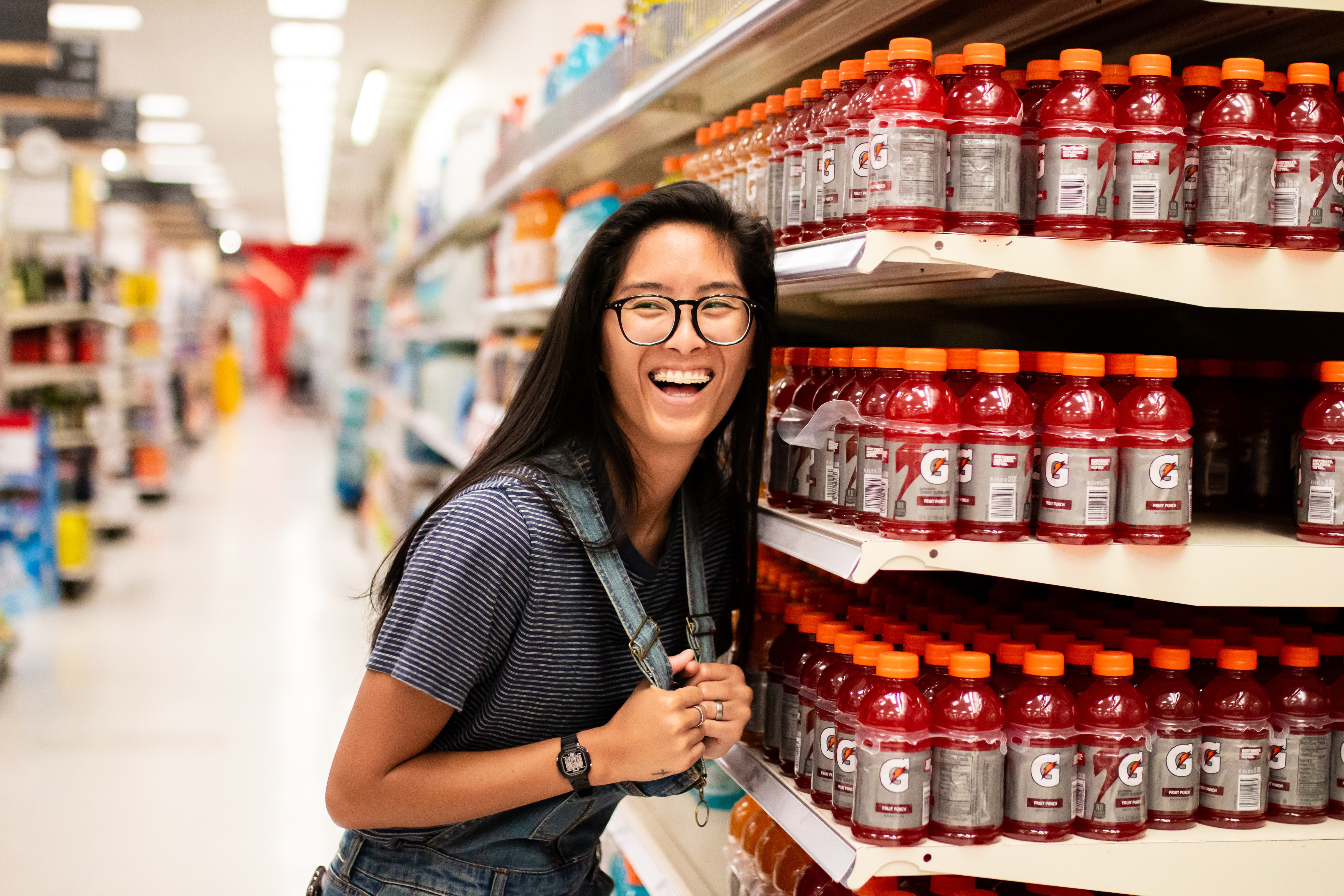
As our idea of the highstreet evolves over the next 12 to 18 months, how will shopping be affected, and what does this mean for brands, supermarkets and retailers?
Featuring an industry expert panel:
– Simon Betts: Client Director, Bridgehead International / Ex Head of Customer Proposition, Tesco
– Louise Hughes: Collaboration Director, Bulbshare / Ex Category Controller ABInBev / Boots
Request our webinar recording now to unlock all the insights…

More and more brands are rethinking their strategies when it comes to digital marketing. While influencers used to be the first point-of-call, many are now looking to a new army of advocates when it comes to shouting about their products and services online… Their customers.
With a growing scepticism towards influencers among younger audiences, (only 4% of consumers still trust influencer posts according to a recent report by YouGov), turning to real customers to promote your brand adds a sense of authenticity that is lacking in sponsored content. And the smart brands are exploring new ways to unleash the peer-to-peer power of their customers at scale.
So, how does consumer advocacy work? And what are the steps to turning your customers into friends, fans and loyal brand champions?
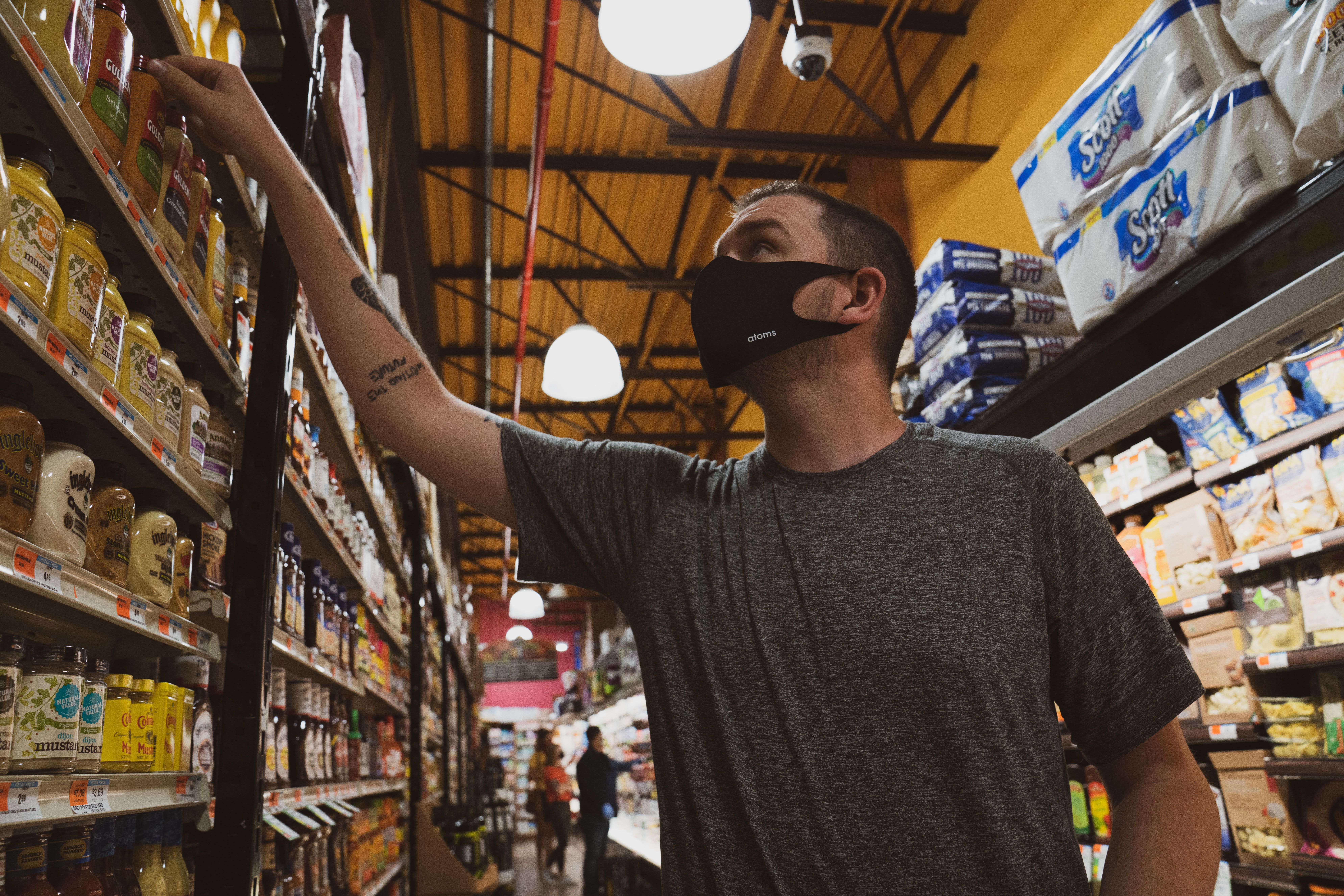
How will our idea of the high street evolve over the next 12 to 18 months? What does it mean for brands and what are the retail trends set to shape the future?
Featuring an industry expert panel:
– Simon Marsden: Category Development Manager, Tesco
– Louise Hughes: Collaboration Director, Bulbshare / Ex Category Controller ABInBev / Boots
Request our webinar recording now to unlock all the insights.
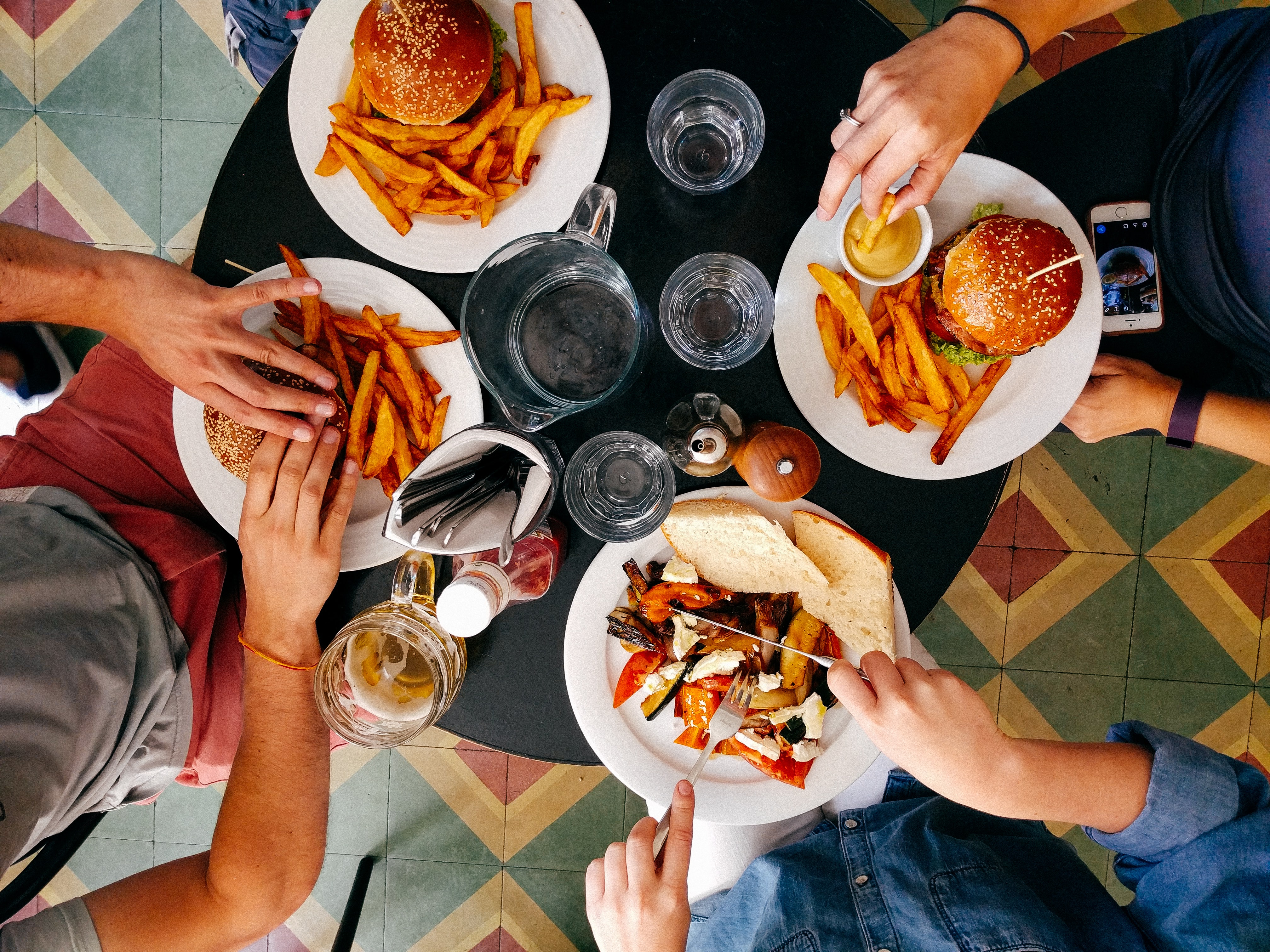
With the UK hopeful for a future free from Covid restrictions, it’s time to connect with our customer communities to see how they’re feeling about escaping lockdown.
Hundreds of our UK community members responded with rich insights about the government’s new roadmap, which has set out dates and plans for when hospitality, retail and travel can resume.
To discover the reaction of our communities, read on below…
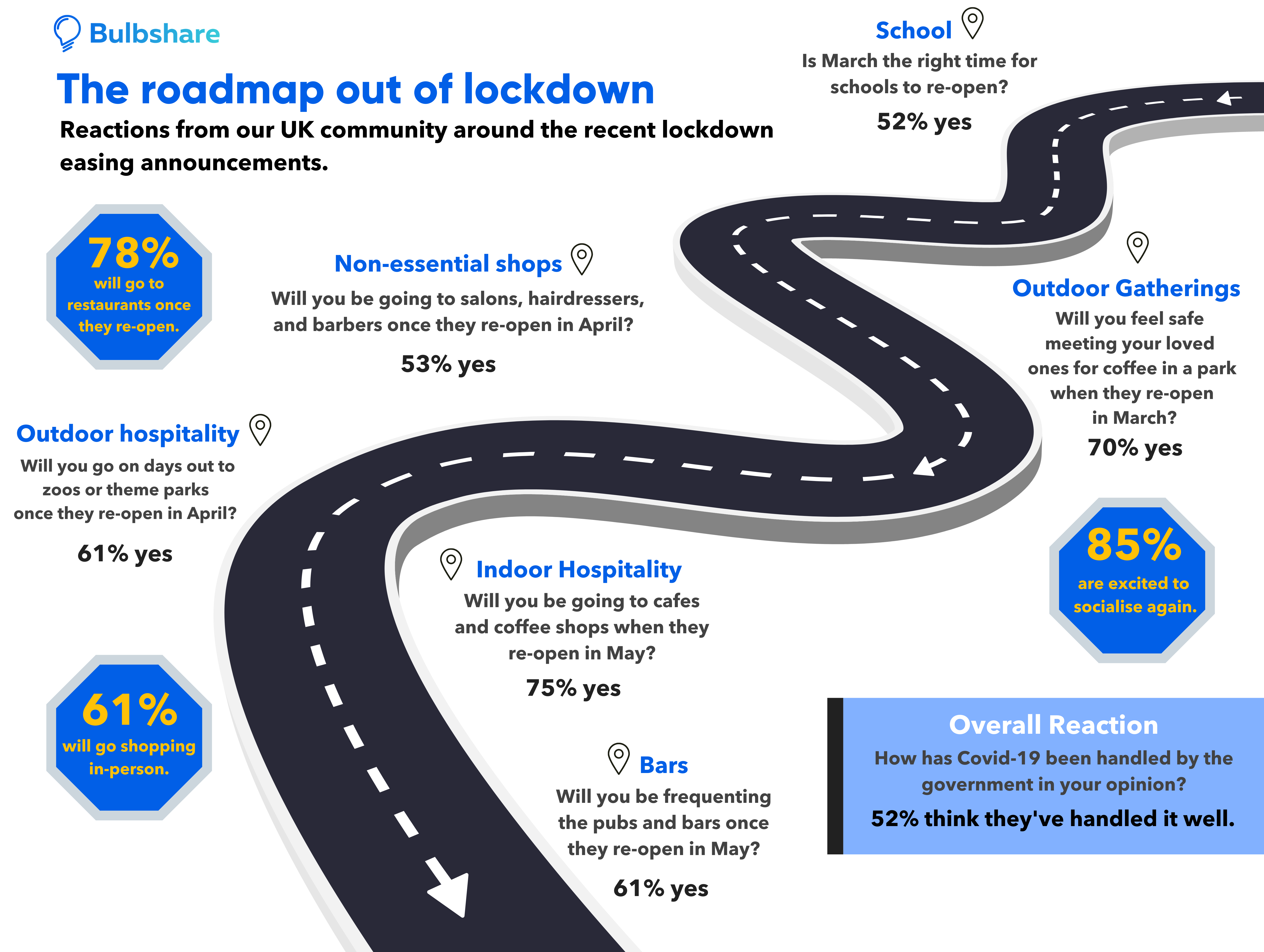
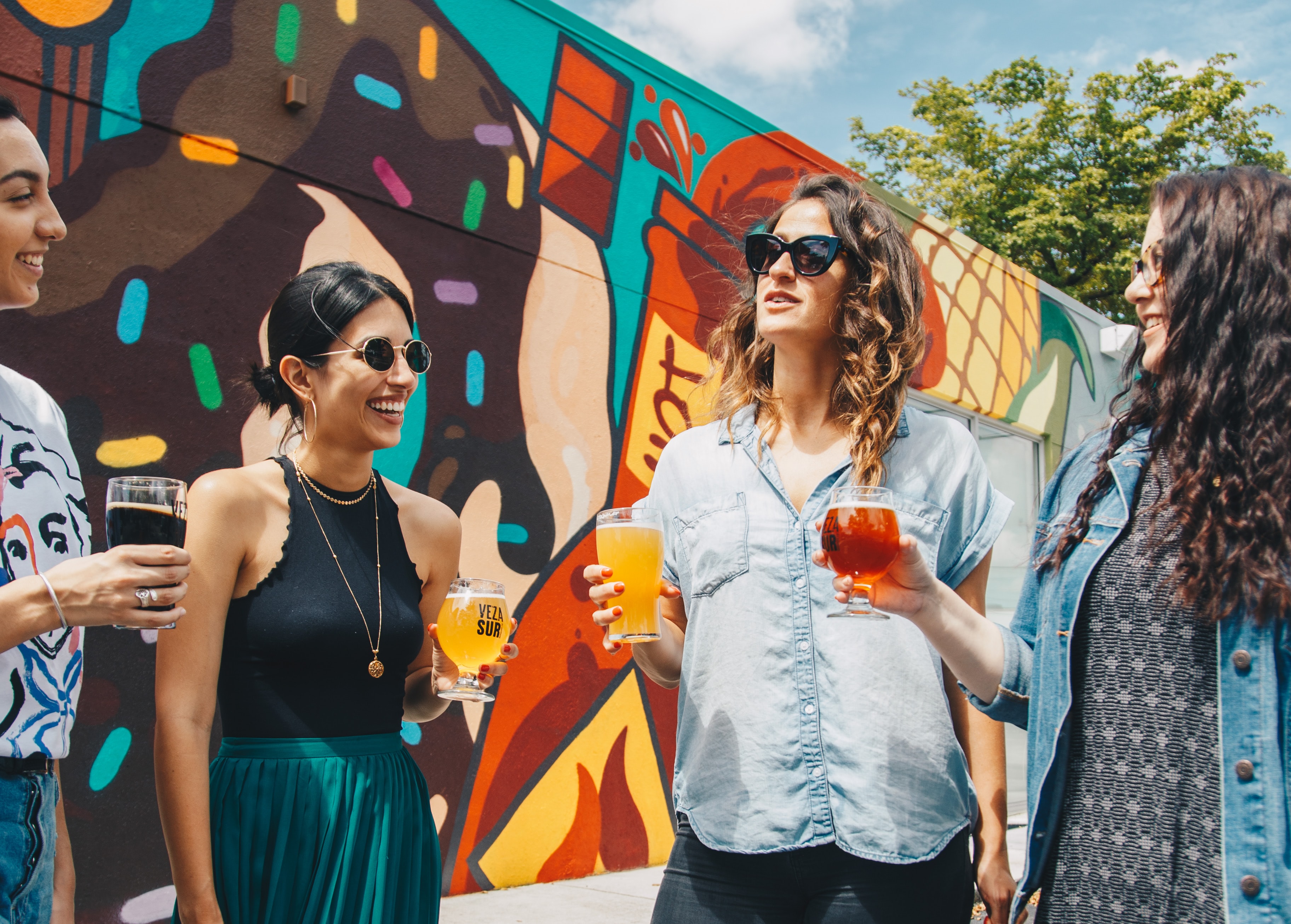
Join an expert discussion around the post-Covid consumer behaviour shifts set to impact the drinks industry this year…
Featuring industry insiders:
– Paul Thomas: Global Insight Director, Asahi, Ferrero, Diageo
– Louise Hughes: Collaboration Director, Bulbshare (Ex Category Controller ABInBev)
Download our webinar for all the insights…

There’s no denying it, 2020 was a year like no other. 12 months ago, who could have predicted a New Year’s Eve spent at home or Christmas shopping being done in masks?
In a time of widespread isolation, the idea of ‘community’ has never been more important and online connections have been the life-blood of families, friends and colleagues all over the world. Our global online communities provided hundreds of thousands of responses over the course of 2020 – and from a year that saw so many shifts in consumer attitudes and behaviours, we’ve compiled our top 10 insights, along with how they should inform your brand’s plans for 2021…
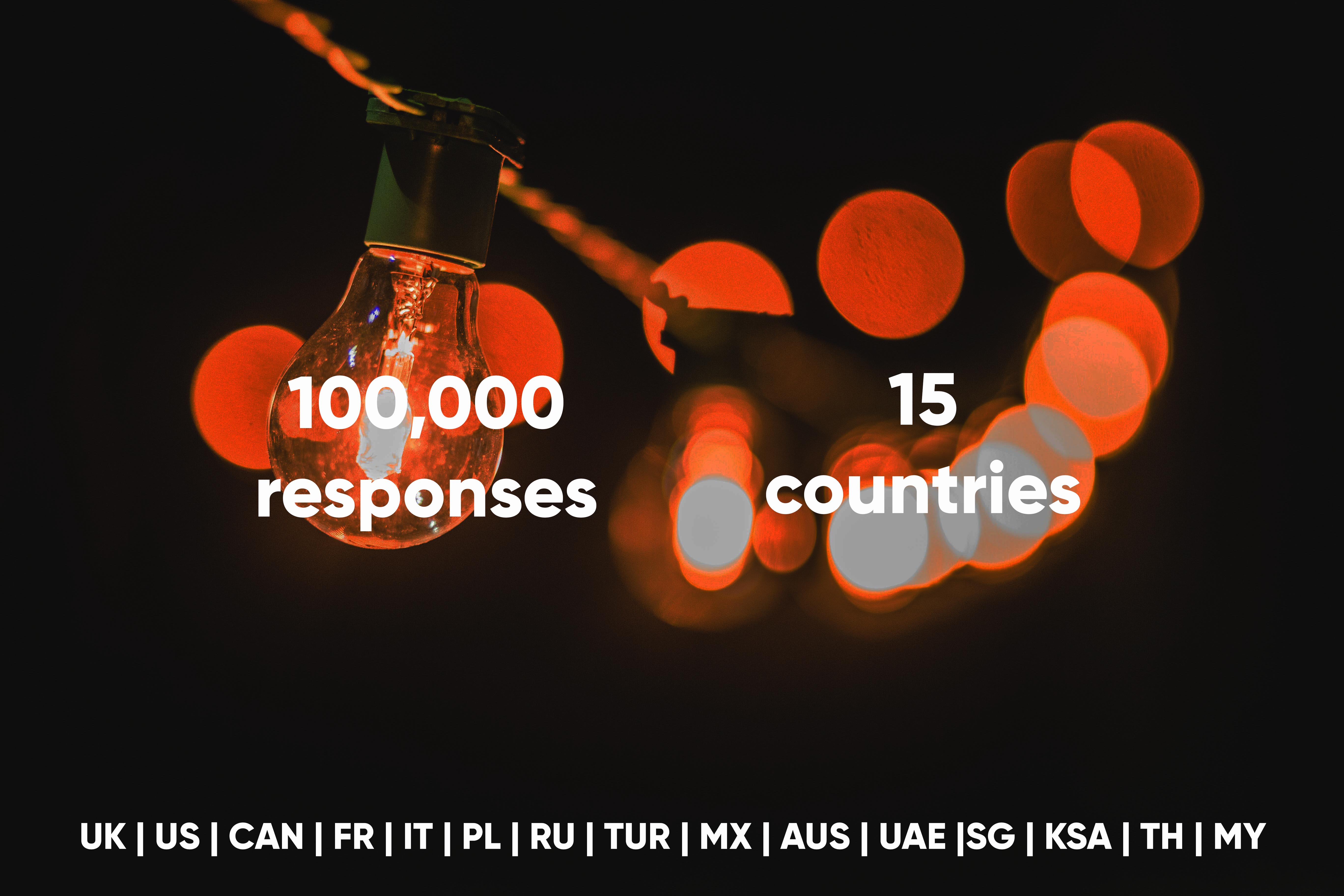
Benevolent branding
1) A social conscience reigns supreme.
Our online focus groups – particularly Gen Z – showed an appreciation for brands that demonstrated an interest in social causes. Whether this was taking an interest in sustainability, improving diversity in ad campaigns or showing altruism during the pandemic, Bulbshare users reported a preference for socially aware businesses. Many noted Pret’s NHS discounts, Dove’s body confidence campaigns, and L’Oreal’s sanitiser donations as worthy examples of brand compassion.
And this concern for magnanimity isn’t going anywhere; this year has changed the landscape of activism indefinitely. When 62% of respondents said brand diversity impacts their perception of a company and 34% said they have stopped shopping at brands because of a lack of representation, your brand should listen and take note for 2021, a year of a more conscious consumer.
Bulbshare user, 41 🇧🇷
Brand takeaway for 2021:
Consider how exhibiting a philanthropic and charitable attitude could help your brand, as well as people in need. Remember, authenticity is important rather than jumping on a bandwagon: back up your words with real actions and sincerity.
2) We shopped locally till we dropped.
With our global insight communities reporting over 70% participation in more locally-sourced food shopping, it’s evident that buying local is a major priority. Sustainability, supporting the local economy, ethics and price all played into this decision.
Bulbshare user, 21 🇲🇽
Brand takeaway for 2021:
Focus on marketing to consumers in the area and highlighting the need to support the local economy. Shout about your locally sourced products, how you support local producers and invest in initiatives that support local communities.
3) Sustainability sells
This year has proved that consumers have an appetite for ecologically ethical products like never before. In conjunction with having a social purpose, consumers are overwhelmingly demanding more sustainable products and services in every market – with the virus’s impact on travel only serving to highlight the affects of reducing food miles and carbon footprints.
Companies like Patagonia have cultivated a massive following over the years because of their commitment to helping the environment. However, promoting your eco-friendliness includes being completely transparent in your brand’s practices and processes: the consumers of 2021 will not be fooled by greenwashing. Find out more here.
Bulbshare user, 42 🇲🇾
Brand takeaway for 2021:
Consider how your service impacts the environment. Can you pledge to contribute to a greener future or source your products more ethically? Make sure you’re vocal about your efforts to protect wildlife and workers.
4) We love self-love
One of the prominent themes we see emerging in the post Covid-19 world is the need for self-improvement – mentally, emotionally, and physically. With restaurant closures catalysing more home cooking, consumers have been more health-conscious when it comes to food. Similarly, home workouts have dramatically increased in popularity, whilst jogging and walking have provided an excuse to get out the house for fresh air. And when 70% of our global community have reported an increase in anxiety levels this year, the focus online has shifted to ‘mental health days’, ‘self-love’ and ‘meditative introspection’. As 51% of the users on our customer insight service intend to exercise more next year, and mental health has been prioritised more than ever, this trend of self-care is erupting into 2021 with vigour.
Bulbshare user, 28 🇬🇧
Brand takeaway for 2021:
Can you market your product towards a vision of a healthier, happier life? Emphasise self-care (mental and physical) and shout about your healthy, happy benefits.
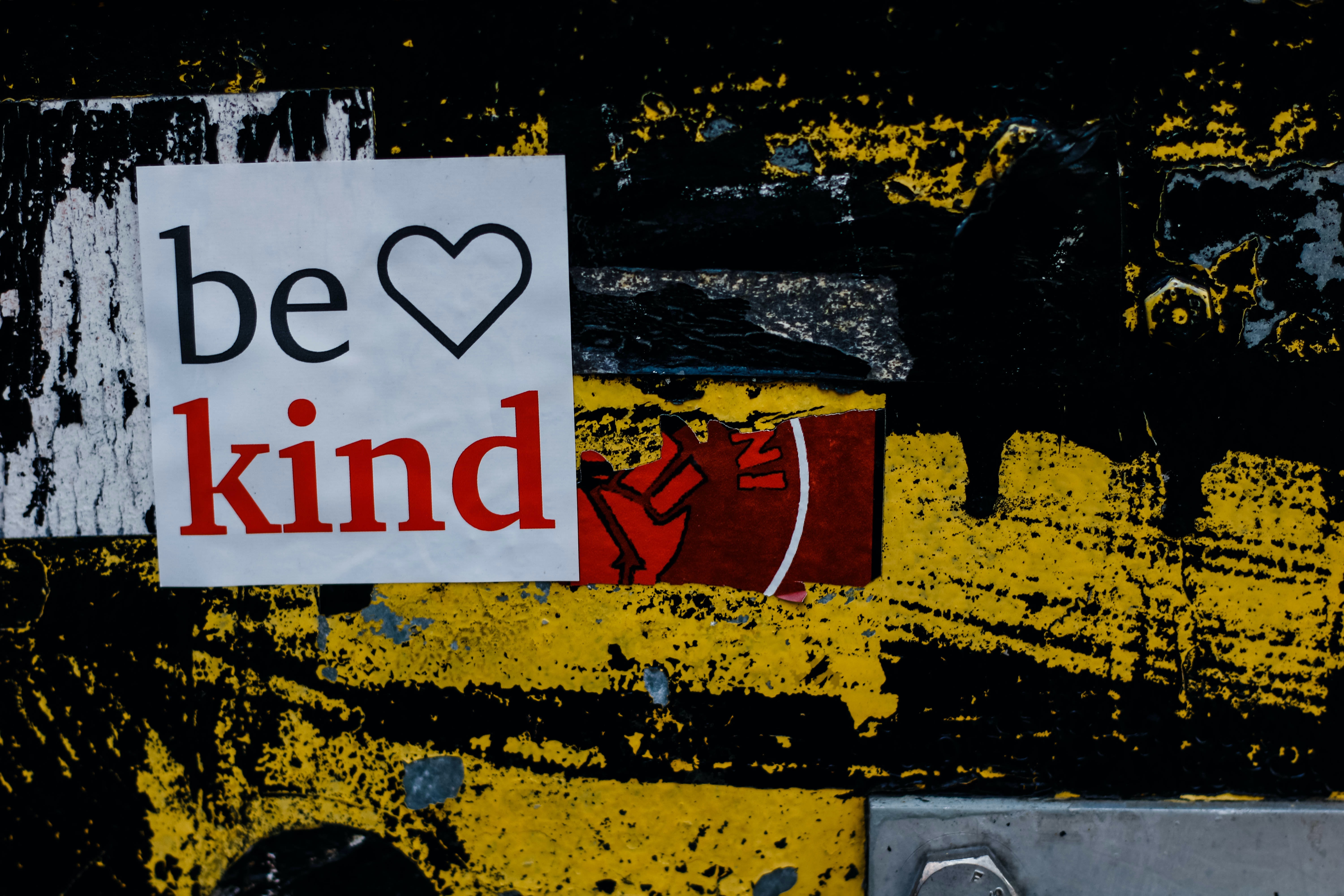
Community Spirit
5) Influencers lost their influence
The year of clapping for the NHS and checking in on neighbours had little patience for social media influencers. Our digital research communities reported that influencer marketing is falling out of favour and trust in sponsored posts is diminishing. When a social conscience has been more in vogue than ever, ‘vapid’, ‘avaricious’ and ‘superficial’ influencers were seen as a blight on social media. In fact, after the doom and gloom of the year, 36% are looking to cut down on social media and 10% intend to stop completely. Instead of listening to paid endorsements, 84% of Bulbsharers preferred the recommendations of their friends, family and local community. Read more on our ‘Death of the influencer’ blog.
Bulbshare user, Female, 19 🇺🇸
Brand takeaway for 2021:
Authentic voices and advocacy via real customer content will be the route to meaningful consumer connections and commercial success in 2021.
6) Quality and care above status and luxury
When so many people are separated from loved ones, messages around family, community, time and quality had more meaning during Covid-19 than those focused on status and luxury. With much less disposable income, most consumers want to make a purchase feeling that it is going to better themselves or their family’s lives, not that it was unnecessary. When 45% of users suffered from more stress this year, your brand can do its bit to ease that tension. Even though the future bodes better times, consumers will remember which brands made an effort.
Bulbshare user, Male, 33 🇺🇸
Brand takeaway for 2021:
Take inspiration from Krispy Kreme’s initiative, in which they doubled the donuts people ordered so customers could give a sweet treat to a neighbour, or do a giveaway for loyal customers. Consider using comforting words in your advertising to connect with consumers. At a time when building digital communities and remote customer connections has never been more important, it’s crucial to engage your communities in ‘always-on’ relationships and ongoing dialogues.
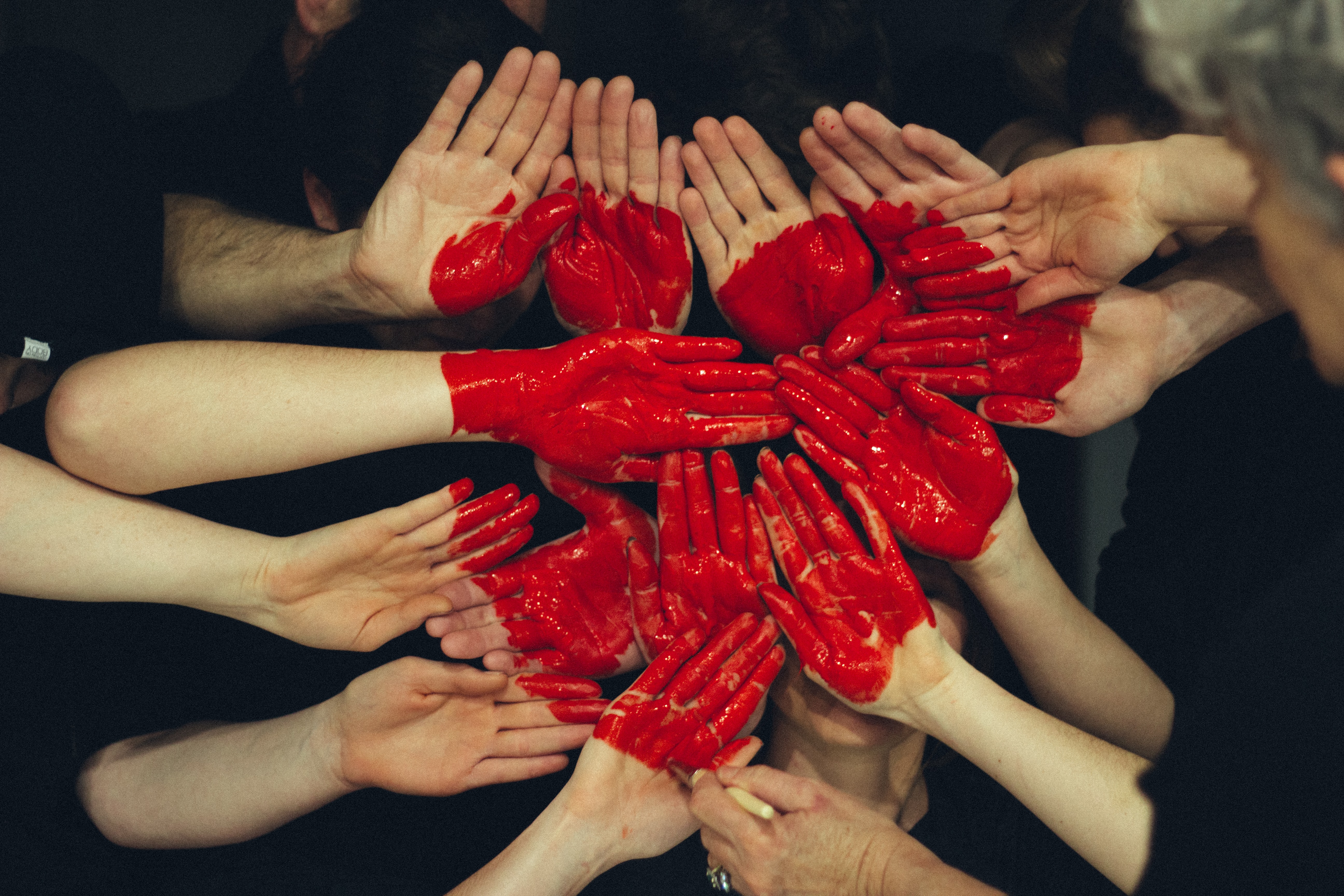
Consumer Behaviour
7) Last orders?
‘When pubs and bars are being forced to close, 78% of consumers expect to go out less this festive period vs. last year, and only a quarter of audiences anticipate any kind of office party…’ When asked about attitudes and behaviours towards drinking socially this Christmas, our customer intelligence community painted a fairly bleak picture for the drinks industry.
But that wasn’t the whole picture: 89% of our users will buy alcohol this Christmas because, well, a nice glass of Buck’s Fizz sparks joy. Similarly, 28% of users plan on buying their main alcohol shop online, 20% intend to spend more on premium beers, and 54% want to try new drinks. With 2021 heralding new hope for a better year, there will be lots to celebrate, which inevitably means we will be hearing the sounds of clinking glasses again.
That being said, in a more health conscious society post-covid, 41% have cut down on the number of days drinking and 64% tried a non-alcoholic drink, with 43% intending to spend more on non-alcoholic products. Furthermore, people opted for quality over quantity: in a shift away from little and often, our users preferred premium products. Rather than regular excessive drinking, the trend is moving towards special occasions, cherishing a rare glass, and enjoying a ‘one-off treat’. Discover more about whether the tap will run dry for the drinks industry in our Last Orders webinar: The impact of Covid-19 on the drinks industry this Christmas.
Bulbshare user, Female, 44 🇺🇸
Brand takeaway for 2021:
Consider branding your alcohol products for specific occasions such as Christmas, New Year’s Eve, Valentines or Easter. Festive packaging may tap into the desire to have a ‘normal’ Christmas. But when this festive season comes to a close, consider non-alcoholic alternatives for Dry Jan as part of your brand. Can you cut the sugar or calories in your drinks to advertise to health conscious consumers? Can you take advantage of the rising trends for non-alcoholic options? Can you premiumise your product to exploit the need for quality over quantity?
8) Online sales swam while the high-street sunk.
In March, 40% of our respondents claimed that Coronavirus affected the way they shop, saying they will be avoiding supermarkets and shopping online. Now, it is reported that around 75% of shoppers will purchase their Christmas presents online this year. This steady move towards online shopping is proliferating continually, so expect more in 2021.
Since this shift, the UK has seen the closure of Arcadia and Debenhams is in danger. Online shopping continues to grow, with the likes of Amazon and eBay enjoying growth while the highstreet suffers. Read our Post Covid-19 Consumer report to uncover changing attitudes towards shopping in the wake of Covid.
Bulbshare user, Female, 41 🇬🇧
Brand takeaway for 2021:
Channel your efforts into online marketing if you haven’t already. Establish your presence on social media and set up shop online. Remember, user experience still matters online: according to Super Office, 86% of buyers are willing to pay more for a great customer experience.
9) The most popular restaurant in town? Your own kitchen.
Food trends that arose this year (and aren’t going anywhere next year) were: the rise of flexitarianism, home-grown produce and eating-in. With financial woes and health concerns troubling the 2020 consumer, an amplified interest in food took hold. What we are eating, where it comes from, and how to DIY it were the themes of the year.
Bulbshare user, Male, 40 🇬🇧
Brand takeaway for 2021:
Now our covid-consumer knows how to cook, you and your brand should consider branding your service towards that. Whether that translates to a switch towards a more DIY product or a marketing campaign that appreciates the new knowledge gained this year, your 2021 plans should bear in mind the new savvy and health-conscious customer you’re targeting.
10) COVID Consumption
49% of our users said they were spending less during lockdown – and attributed that reduction in spend to eating out less, diminished travelling, pubs and bars being inaccessible, and fewer excursions and days out. As well as cutting back due to concerns about an uncertain economy.
Bulbshare user, Female, 29 🇺🇸
Brand takeaway for 2021:
The brand takeaway is that people love takeaways – and see them as a cheaper alternative to eating out! Messaging around value, cutting back and sensible pricing will gain cut-through, while an occasional ‘treat yourself’ stance, will also be important among consumers seeking an ‘affordable’ break from austerity living.
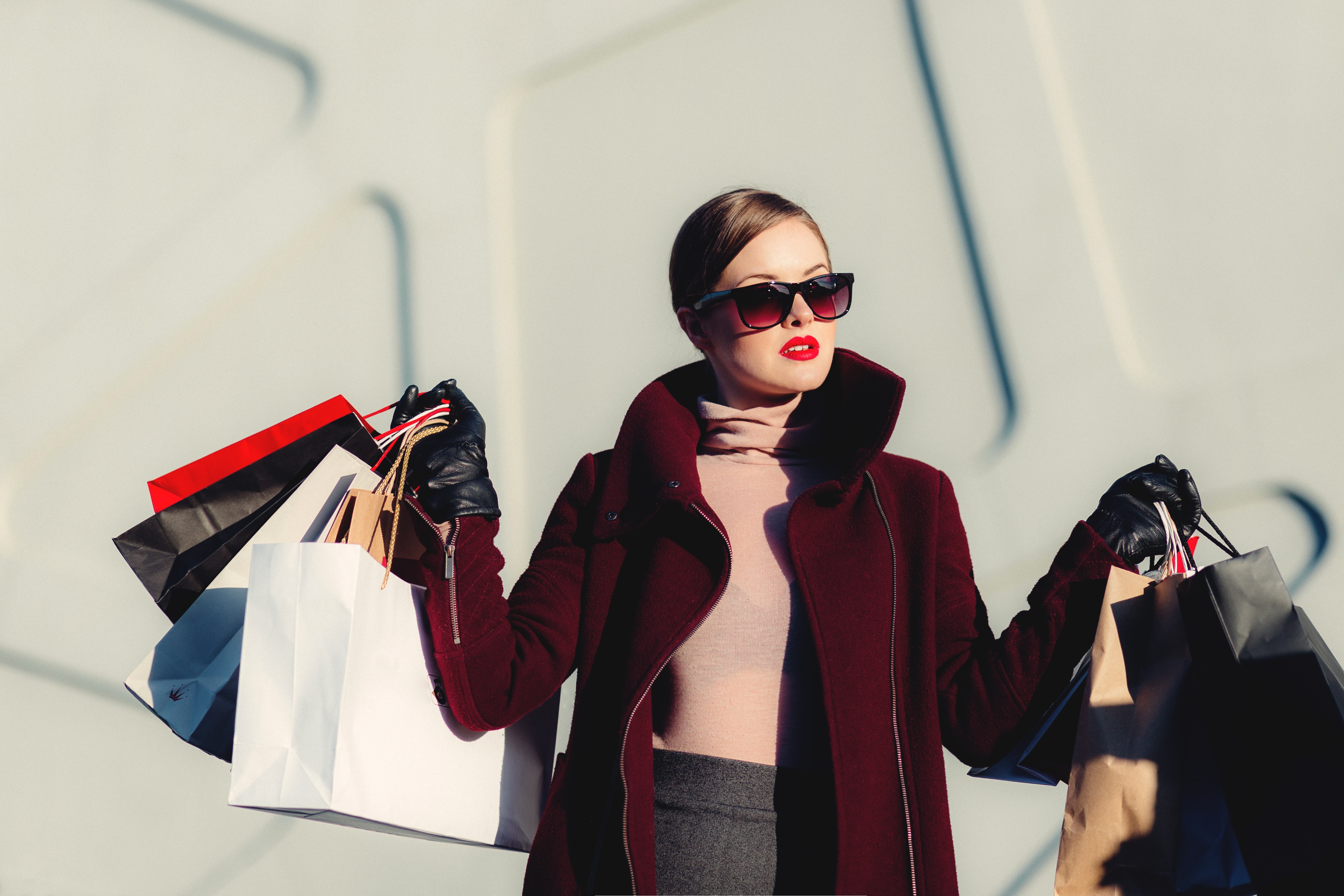
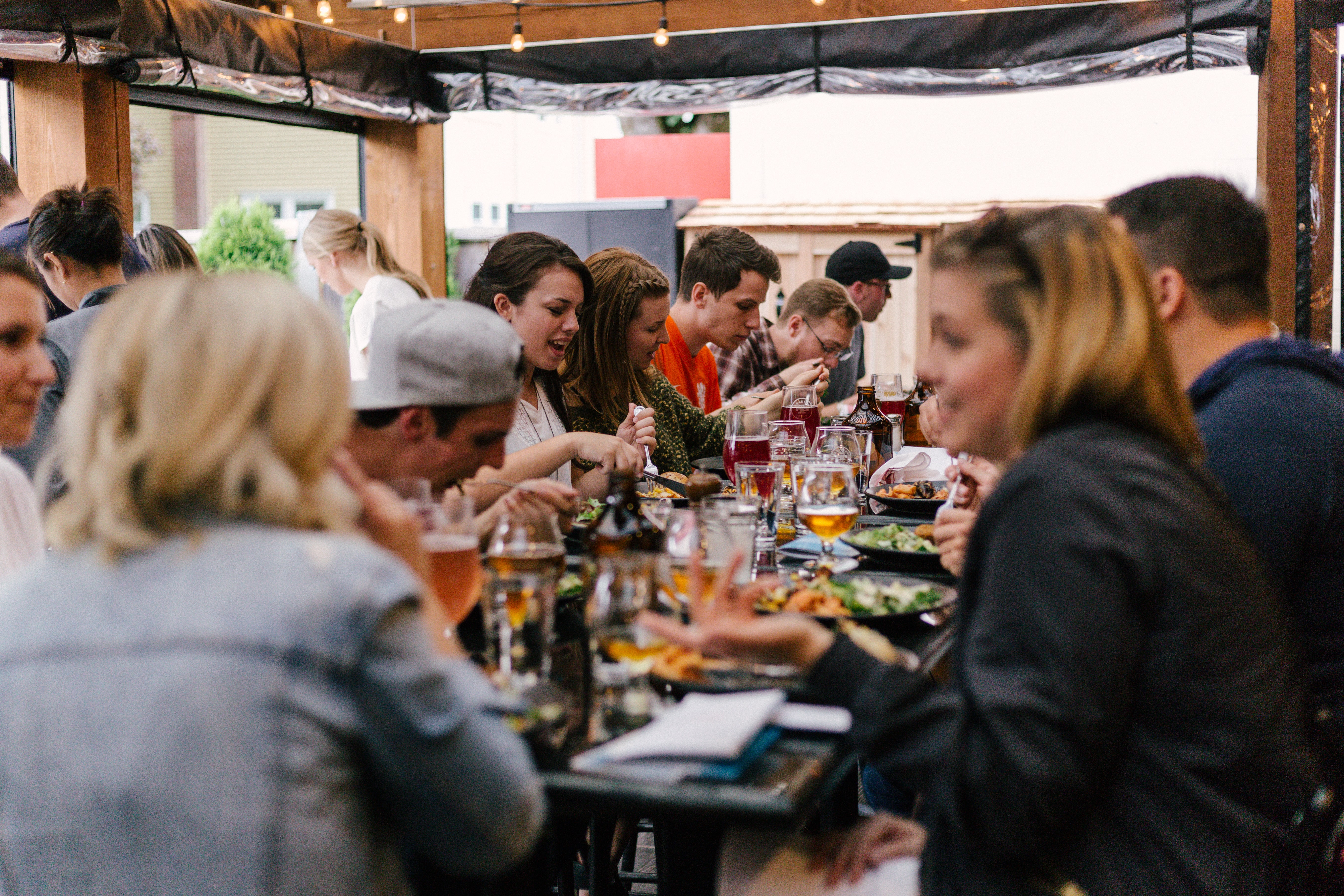
From a bigger focus on health to cutting back on spend, COVID-19 has had a dramatic impact on how we approach food. For millions around the world, it’s changed how shop for, plan and eat our daily meals and transformed our attitudes to eating out.
As we continue to emerge from a world rocked by coronavirus, we asked our global consumer community about the changes in attitudes and behaviours they’ve observed over the last six months when it comes to food. From our responses, we’ve identified seven global food trends that are having real global impact in the wake of COVID-19 – plus a five-step brand tool-kit telling you how your brand or organisation can react.
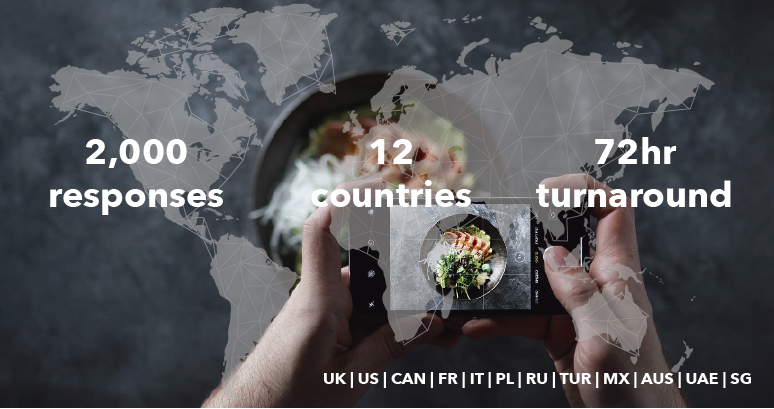
Keeping it local
Shopping local has been gaining momentum over the last few years and it’s only getting bigger in the wake of the coronavirus. With our global markets reporting over 70% participation in more locally-sourced food shopping, it’s clear that buying local is a major priority post covid. Pre-pandemic, the key rationale around going local was a focus on sustainability, food miles and ethics. While these factors remain important, the impact of COVID-19 has shifted motivations slightly: shopping locally is considered cheaper, when more and more of us are cutting back; it supports local economies in a time of economic upheaval and increased community spirit; and is healthier at a time when people are more focused on boosting immunity. All these factors featured heavily in our study.
Bulbshare user, 21 🇲🇽
Bulbshare user, 30 🇸🇦
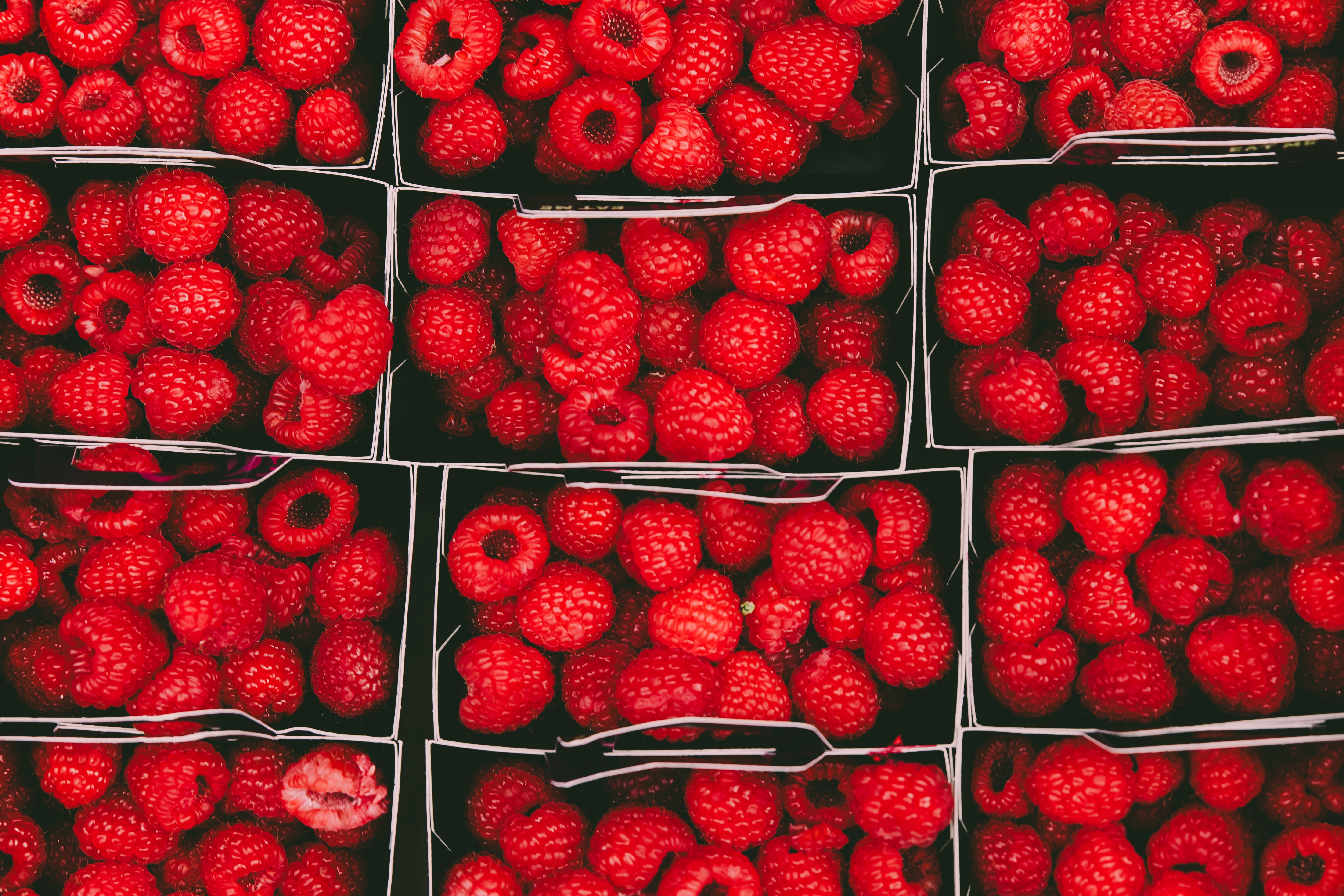
Zero waste
Linked to similar motives around sustainability that have inspired our local shopping trend, we have also observed a significant move towards zero waste. For example, Brazil reported over 85% participation in zero-waste food shopping and over 64% of Malaysians emphasised greater sustainability in their weekly shop. While this has been a growing trend in recent years, we have seen an increased awareness of the environment impact of food post lockdown, as people have been cooking more from scratch, travelling and eating out less and considering the positive environmental impact of this.
Bulbshare user, 58 🇬🇧
Bulbshare user, 30 🇵🇱
Veganism, veggi, flexi
While vegan, veggi and flexi diets have been on the rise in recent years, we’ve definitely seen a spike in a move towards plant-based eating as a result of covid. This can be put down to an increased focus on health combined with more time spent cooking at home and, consequently, a move towards trying out new dishes and new diets. Our consumer survey reported 55% of UK respondents using meat substitutes post covid, and 57% of Malaysians replacing dairy products.
Bulbshare user, 29 🇲🇽
Bulbshare user, 35 🇵🇱
From the garden to the table
Gardening and growing at home are officially booming! As the pandemic has forced many people indoors and anxieties remain high around going into public for fear of close contact, many of our digital customer communities have been growing their own food at home. And why not? It’s good for you – physically, mentally, AND financially. Growing your own is a trend we see becoming increasingly prevalent in 2021. Watch this space for a follow-up piece exploring the home-grown phenomenon…
Bulbshare user, 34 🇬🇧
Bulbshare user, 36 🇵🇱
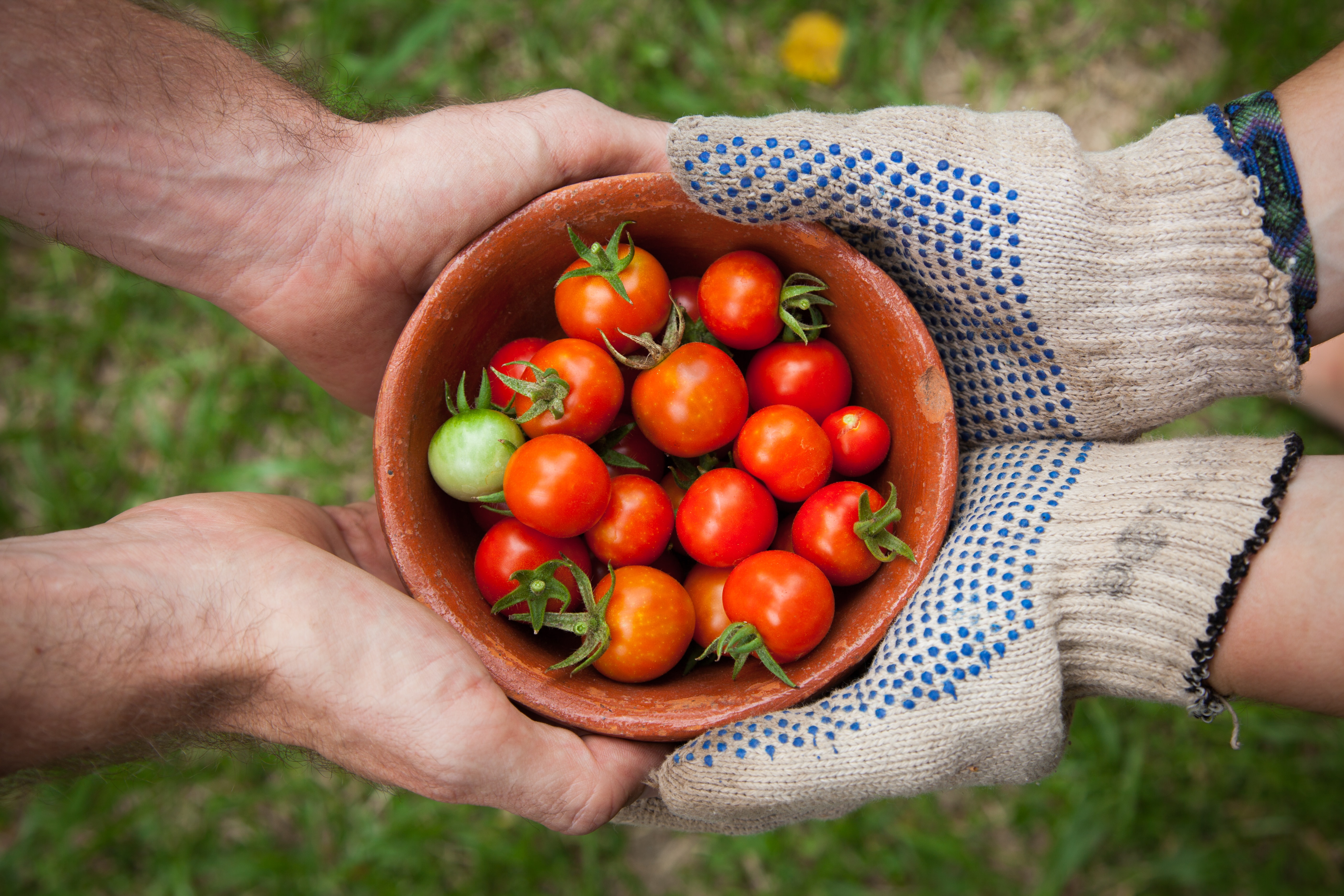
The hottest new restaurant: Your dining room
With restaurants having been shut down and/or operating capacities greatly curbed (along with fear of infection keeping people away), our digital research community has been cooking and eating more at home than ever before. Health, fear and financial anxieties have meant more and more people are replacing the restaurant with more elaborate home dining, utilising online recipes and food sites and bringing debonaire dining into the home.
Bulbshare user, 26 🇲🇾
Bulbshare user, 40 🇬🇧
Back to the basics (of ingredients)
Our customer survey communities have reported a heavy emphasis on going back to basics when it comes to food. Simple, healthy and natural ingredients are at the top of the foodie agenda for our community – with a notable rejection of anything considered processed and heavily synthetic. Preservatives, e-numbers and ‘hidden nasties’ were mentioned time and time again by our community and saturated fats and high sugar levels were top of the list of things to be avoided.
Bulbshare user, 49 🇵🇱
Bulbshare user, 34 🇬🇧
Disease Defence!
Boosting immunity and disease defence is high on the agenda when it comes to food shopping – being mentioned heavily in our open text responses. With not just health but ‘avoiding sickness’ being a high priority, our global respondents indicated a strong desire to eat foods with the intention of increasing their bodies’ natural defences against viruses and illness.
Bulbshare user, 46 🇲🇽
Bulbshare user, 28 🇲🇾
Brand tool-kit
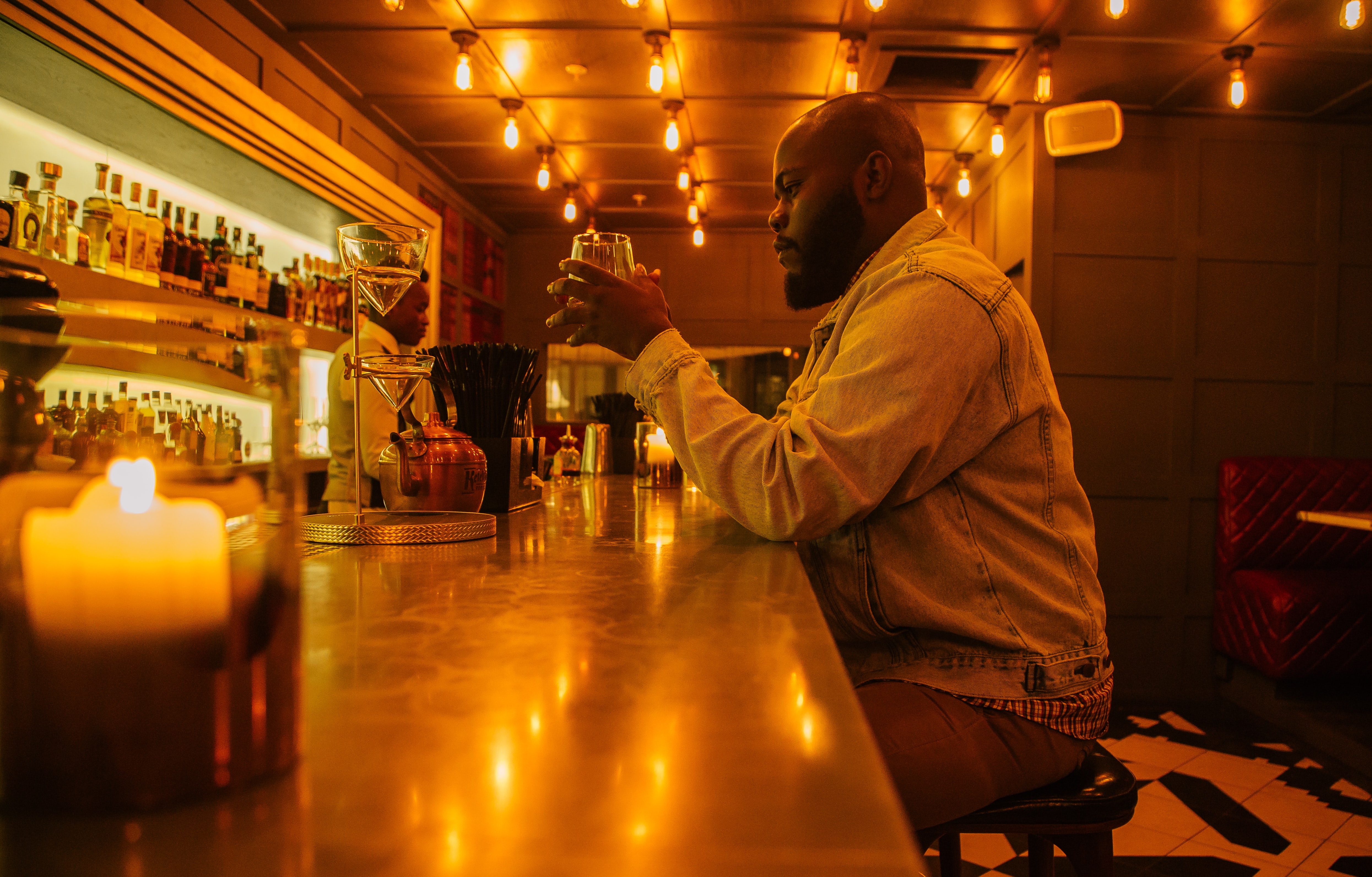
Join our panel of industry experts as they share key insights on what a Christmas of closed bars and pubs could mean for the drinks industry…
Thought-leading panel, including:
– Paul Thomas, Global Insight Director, Asahi
– Liz Davies, Category Lead, Budweiser Brewing Group
– Seb Szczukiewicz: Drinks Industry Insight Specialist, Bulbshare
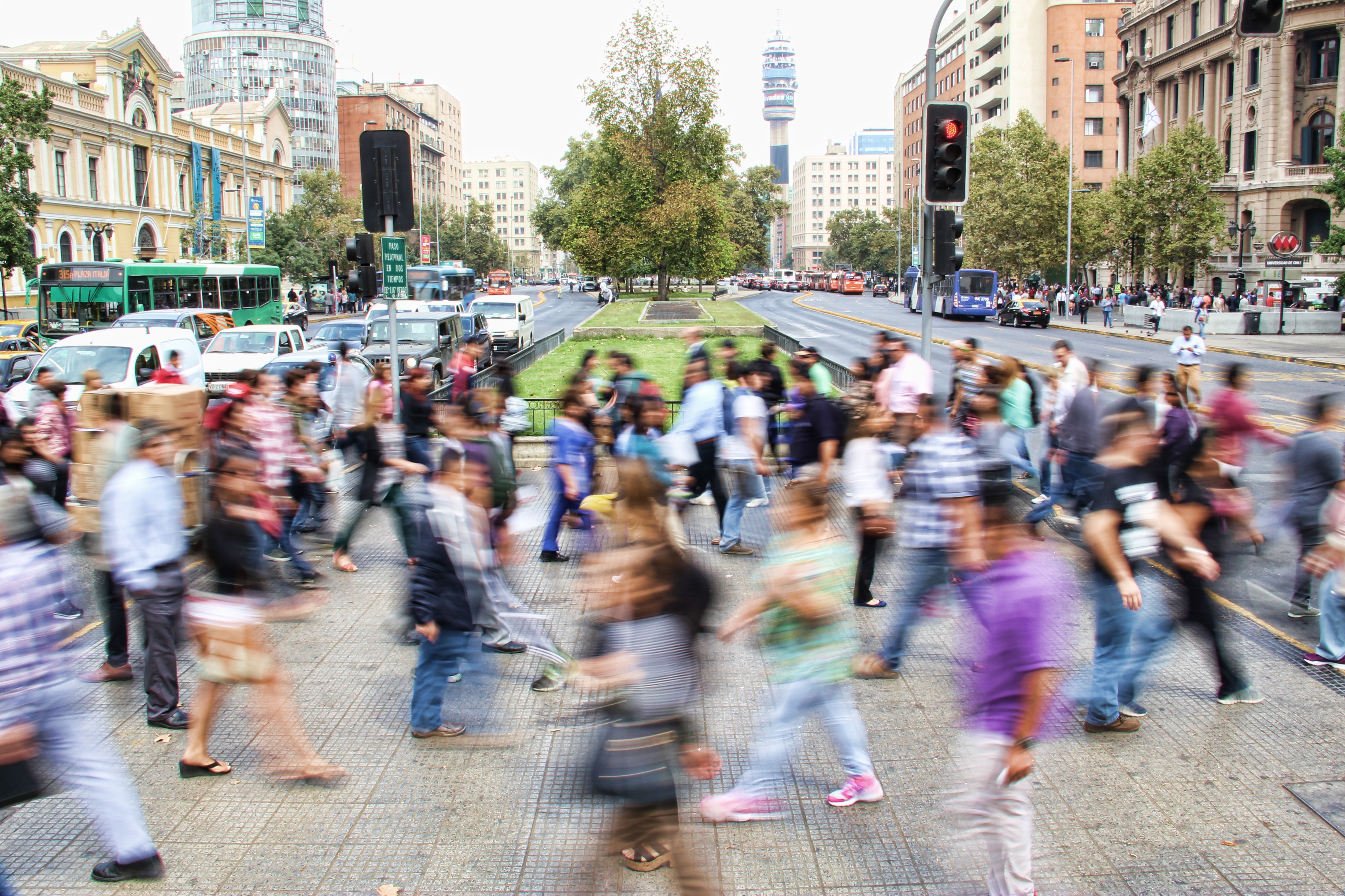
Coronavirus has changed everything. From how we shop, work and socialise to our attitudes towards mental health and the environment. We’ve become more cautious and considered, more aware of our impact on others. We’ve been forced to be more insular but have learnt to be more community minded. And we’ve gained renewed perspective on the things that really matter.
The post Covid-19 world will be different in so many irreversible ways. Consumers will fundamentally change their expectations and behaviours and brands must innovate in order to adapt. We asked our global customer insights community what their post Covid-19 world looks like in order to get a feel for the key trends that will shape the future. Here’s what they told us…

Event dining and AI delivery
One of the sectors hit hardest during the pandemic, restaurants will have a rough time regaining their dine-in customer base. Consumers have gotten used to lives without eating out and have seen the huge benefits of this in terms of the money they are saving. And when our global focus group community does return to dining, they’ve told us it will be treated more as an event – characterised at first by belated celebrations missed during lockdown.
Bulbshare user, 39 🇬🇧
Bulbshare user, 46 🇬🇧
Factors such as high unemployment rates, the fear of a second wave of Covid-19, and realisations around savings made during lockdown will mean restaurants have to rethink their entire business models to get consumers back through the door. We’ve already seen how imperative takeaway and delivery options are, and they will continue to be the main source of revenue for restaurants that survive this period of isolation. Enter AI delivery. In the UK, a robotic delivery service by Starship Technologies is already autonomously bringing fresh food to almost 200,000 residents of Milton Keynes. No human drivers or curriers involved, just a small, cooler-sized vehicle.
Brand Takeaway: Brands must be creative yet compassionate. It’s important to change your business model to best fulfill your consumer needs during this time. Maybe that means introducing more prepared, cook-it-yourself meals and less cooked-to-order, expensive foods. Or, reinventing the dining experience to be a celebratory event, for groups of friends and families to have a delicious dinner within socially distancing guidelines. Or, even more forward-thinking concepts like embracing technology in a traditionally human-centric exchange.
Family Values
If there’s anything our consumer community agrees on, it’s that being isolated from family and loved ones has been one of the more difficult consequences of lockdown. But, almost 50% of our global customer community members said they will not meet up in large groups of people even after stay-at-home restrictions are lifted. Many are still afraid for their health and safety, and actively want to protect others in their households. Most immediate post-lockdown interactions will be to visit family members they haven’t been able to see, whether because of travel restrictions or susceptibility to disease.
Bulbshare user, 28 🇬🇧
Bulbshare user, 27 🇲🇽
This unprecedented time forces us to reexamine our relationships with our elderly as well as our children, and a renewed appreciation of family will continue to be a priority for consumers. Once it becomes safe and acceptable to travel on vacation again, it won’t be to escape the monotony of everyday life anymore, it will be to purposefully reconnect with family in far away places and strengthen bonds. A global health crisis, unprecedented economic challenges, and rapid culture shifts allow consumers to reexamine what is most important to them.
Brand Takeaway: Messages around family, community, time and quality will have more meaning post Covid-19 vs those that focus on status and luxury. Take a step back and reexamine the basics of your brand. With much less disposable income, most consumers want to make a purchase feeling that it is going to better themselves or their family’s lives, not that it was unnecessary.
Work / Life balance
We’ve turned our homes into more than just our living spaces – they’re now our offices as well. There are much more distractions around us, and it has changed our perspective on what it means to be productive. Some people struggle with the relaxed way of working, but some people thrive in the flexibility it provides. While we don’t know when the Coronavirus will disappear, safety precautions like working from home and digital communication between team members will most likely be the norm for years to come.
Bulbshare user, 30 🇺🇸
Bulbshare user, 32 🇦🇺
In fact, big corporations like Twitter have already put policies into place allowing employees to choose to work from home indefinitely. They will not open their offices until September, and even then, employees won’t ever have to come in at all if they feel their health is at risk. With the skyrocketing success of video platforms like Zoom and Google Hangout, there’s no need to fit twenty people into a crowded boardroom, and many more companies will follow in Twitter’s footsteps because of this. We’ve been living in the age of the digital revolution for years, but implementing completely digital workspaces into our daily lives drastically speeds it up. Many people are having to quickly learn new technologies and our practice with them everyday is developing new virtual routines that will live on, such as no more long commutes to an office building, no more 9 to 5 workdays, and juggling productivity with things like childcare and maintaining healthy sleeping and eating habits.
Brand Takeaway: There’s no more avoiding the digital revolution. Brands should target consumers who can benefit from online accessibility. With this, a flawless user experience is key, as employees who are learning to navigate recent technology will need products that help them, rather than frustrate them. Even though working from home means less face to face interaction, it’s still important to emphasize that a company is still a community made up of strong connections.

Meaningful trips and virtual vacations
Even though lockdown restrictions are cautiously being lifted, we won’t return to normal life for quite some time. Vacations, cruises, business trips, and more have all been postponed indefinitely, and people are itching to leave their homes. We asked our digital research community what will be on the top of their to-do list as we emerge on the other side of Covid-19, and many mentioned planning for a much-needed vacation.
Bulbshare user, 31 🇵🇱
Bulbshare user, 32 🇲🇾
However, what’s different about these future vacations is that consumers will take on a whole new mindset when planning their travels. It’s not just a vacation for the sake of it anymore, it’s for a specific purpose that Covid-19 has brought forward, like making the effort to see family, or traveling to better their mental health and enrich themselves, because people realise that time is precious. Sadly, regular travel seems like it is still a ways away. In the meantime, destinations all over the world have been utilising technology to provide a virtual cure for wanderlust. Immersive VR experiences such as getting a 360 degree view of iconic wonders of the world like the Taj Mahal, Sphinx, and Stonehenge or perusing through famous museums like the Louvre from your home are alternatives for consumers still being very cautious about the risks travel poses to their health.
Brand Takeaway: The coronavirus pandemic has reminded consumers of the importance of having strong family bonds, so the term ‘family vacation’ takes on a deeper meaning than before, and is an opportunity for brands to emphasize the benefits of travelling and having once in a lifetime experiences with loved ones. In addition, the virus has also shifted consumer’s focus onto their own mental health, so brands can utilise travel or other forms of vacation as ways of grounding oneself in stressful times.
Home dining and healthy living
One of the prominent themes we see emerging in the post Covid-19 world is the need for self-improvement- mentally, emotionally, and physically. This elusive virus that seems to affect people of all ages and lifestyles can pose as a dose of reality for consumers, and allows them to realise how fragile life really is, therefore it is vital we take care of ourselves.
With restaurants no longer open to dine in, and consumers being very careful with their spending, many are getting into the healthy habit of cooking meals for themselves at home, learning what comprises a healthy meal and even getting creative with recipes. Home exercises are also rising to popularity, along with no-equipment workouts like running and walking that also function as an excuse to get some fresh air. These lifestyle changes won’t go away anytime soon, and while some are eager for gym facilities to open, many are still concerned with the germs that can easily spread and will choose to stick to their home routines for a while. In terms of mental health, it’s no shock that the current state of the world and being isolated indoors has caused many to feel anxious and depressed. The positive side is, consumers are actively looking to help themselves in this aspect whether it be through online therapy, meditation courses, or enjoying hobbies with their newfound free time. Our global community has stated many different ways they’ll be taking charge of their wellbeing after this.
Bulbshare user, 23 🇵🇱
Brand Takeaway: We are seeing a lot of messaging around people having no excuse for a lack of productivity during lockdown. But, it’s a good idea to remind consumers that it’s okay to have days where they don’t feel like doing anything. It’s a powerful mental wellbeing check for people to hear from a brand that there’s no right way to process a global health crisis. Brands that emphasise that everyone has an individual experience while promoting the benefits of nutrition, exercise and counselling will stand out from the crowd by being understanding yet transparent.


In a world where we are bombarded with advertisements and sponsored content all day long, it can be difficult for brands to find their way of standing out. Millennials, and now Gen Z, are more demanding in what they expect from brands. They won’t just spend their money anywhere, it has to align with their views, values, and appeal to the eye.
We asked our online global customer community about what content they want to see and examples of brands that are inspiring them. With our community’s insight, we put together a 10-step toolkit to creating content that resonates with modern audiences.

1. Be transparent
With ethical consumption on the rise, consumers are learning how to read nutrition labels and ingredients lists and know what scary-sounding chemicals or additives to avoid. When speaking about what makes up your product, it’s important to make it short and use understandable language. Consumers are increasingly researching a company’s practices before buying, so being transparent about testing, sourcing, and processing is essential.
Bulbshare user, 42 🇲🇾
Bulbshare user, 35 🇦🇺
2. Keep it relevant
Whether brands are late to trends, ignore what’s going on in the world, or are cryptic in their responses, it can be a bit off-putting when content isn’t relevant or up-to-date. Using the Coronavirus pandemic as an obvious example, brands need to be proactive in their content strategies to be empathetic to the situation, and informative to their customers. It would seem a bit tone-deaf for, say, a travel company to be advertising an international getaway. Relevancy goes along with being transparent, in that consumers want to know what brands are doing to keep their customers and employees safe.
Bulbshare user, 36 🇲🇽
Bulbshare user, 41 🇬🇧
3. Show your support
As mentioned in our Social Purpose toolkit, having your brand be linked to a clear social purpose can be key in generating a loyal customer base. Brands that actively align themselves with a moral purpose or social mission by promoting it in their content and products show that they are committed to providing for their community and the world at large. Using their platforms to highlight issues, or donating a portion of profits engages with the socially-conscious consumer and establishes them as a brand that cares about more than just sales.
Bulbshare user, 36 🇧🇷
Bulbshare user, 68 🇺🇸
4. Go green
In conjunction with having a social purpose, consumers are overwhelmingly demanding more sustainable products and services in every market. Companies like Patagonia have cultivated a massive following over the years because of their commitment to helping the environment, and using their content to educate their audiences about their recycled materials, conservation initiatives, and more. However, promoting your eco-friendliness includes being completely transparent in your brand’s practices and processes.
Bulbshare user, 42 🇲🇾
Bulbshare user, 44 🇮🇳
Bulbshare user, 35 🇬🇧
5. Paint a picture
While the messages that a brand communicates with its content and marketing is very important, what really does the work of reeling audiences in is the visual. Social media is primarily about consuming images and videos, so an appealing aesthetic that stands out from the crowd is imperative. Your brand’s visual content sets the tone of the message, portrays the persona of the company, and leaves a lasting impression. For example, it’s pretty easy to guess that this is a Nike commercial before you even knew what brand it was for, simply because they’ve established such a strong and distinctive brand identity through their visual content.
Bulbshare user, 33 🇮🇹
Bulbshare user, 24 🇲🇾
Bulbshare user, 18 🇬🇧
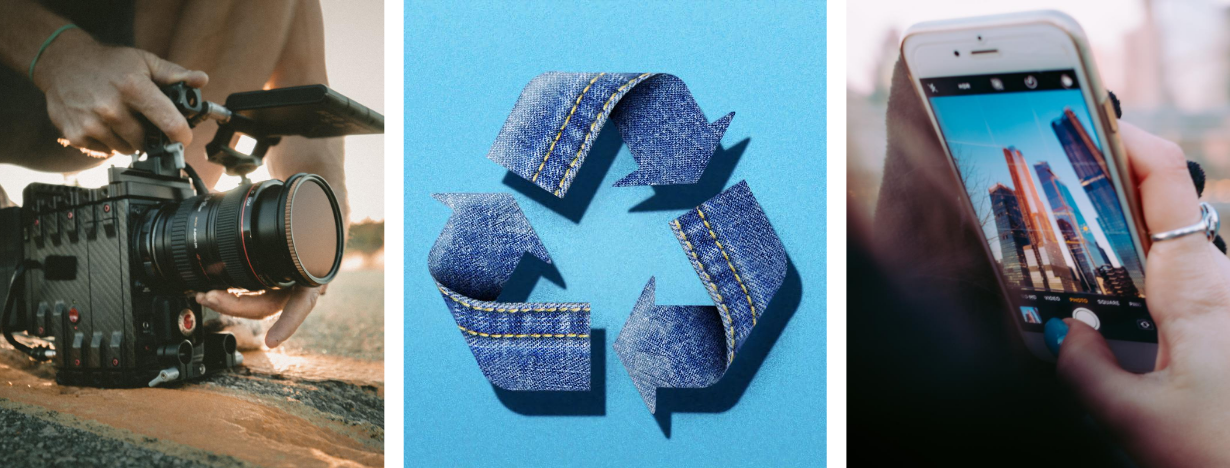
6. Get creative
Fresh and original content from brands in today’s digital landscape is like a breath of fresh air. Some of the best social media marketing to come out of the last 10 years has been so successful because it is ahead of the trend curve, quirky, or just bizarre. Consumers want to see more out-of-the-box thinking from brands, because it shows their intelligence of their modern audiences and a commitment to standing out. Many brands like Denny’s Diner and Netflix capitalized on the edgy, witty Twitter atmosphere to garner many viral tweets and engage with their followers.
Bulbshare user, 25 🇬🇧
Bulbshare user, 24 🇧🇷
Bulbshare user, 33 🇺🇸
7. Representation matters
As mentioned in our Brand Activism toolkit, we asked our global community how brands can back up their recent social activism, and a majority said being inclusive of all races, genders, ages, and bodies in their advertisements and marketing content. Diversifying your brand’s content can greatly increase positive views, because modern audiences want to feel represented and advocated for by the company they are buying from. It strengthens a brand’s reputation and opens the door to working with more influencers, partnerships, and creatives.
Bulbshare user, 41 🇦🇺
Bulbshare user, 23 🇩🇴
Bulbshare user, 36 🇸🇬
8. Tutorials and testimonials
It’s great to include all types of real people in a brand’s content, but it’s even better to show real people using the product or service for an accurate display, persuading those who were maybe not convinced. Using the brand’s platform to share tutorial videos or tips and tricks helps with transparency and allows consumers to have a better understanding of the product and the brand as a whole. Testimonials from real customers or influencers are likely to encourage consumers to trust your brand and its ability to deliver.
Bulbshare user, 40 🇺🇸
Bulbshare user, 40 🇺🇸
9. Be innovative
Consumers look to a brand’s digital content to inform them of what’s new and exciting. An innovative brand takes into consideration all the steps before this, as well as the basic needs of their target audiences. Maybe it’s the new, most eco-friendly product, or the most size-inclusive clothing line, or maybe just the brand that is the most relatable and knows their consumer on a personal level. However your brand can be innovative, use your platform to keep your loyal customers engaged, yet refreshing enough to gain new customers.
Bulbshare user, 28 🇨🇦
Bulbshare user, 38 🇲🇽
Bulbshare user, 39 🇨🇦
10. Co-creation is key
When it comes down to it, what sets brands apart from one another is the customer’s experience. To give consumers a better experience the brand has to put themselves in the shoes of their customers, and listen to what they have to say. What better way to satisfy both the brand and the consumer than through customer collaboration? Co-created content allows consumers to give their honest insights while you, the brand, get a better idea of what your audience wants to see and can put it into effect. They feel as though they are helping to make changes in a product they love, and you get content ideas and a deeper connection with your customers. It’s a rewarding experience for both parties involved. What’s better than user-generated content?
Bulbshare user, 28 🇰🇪
Bulbshare user, 28 🇲🇾
Bulbshare user, 27 🇰🇪

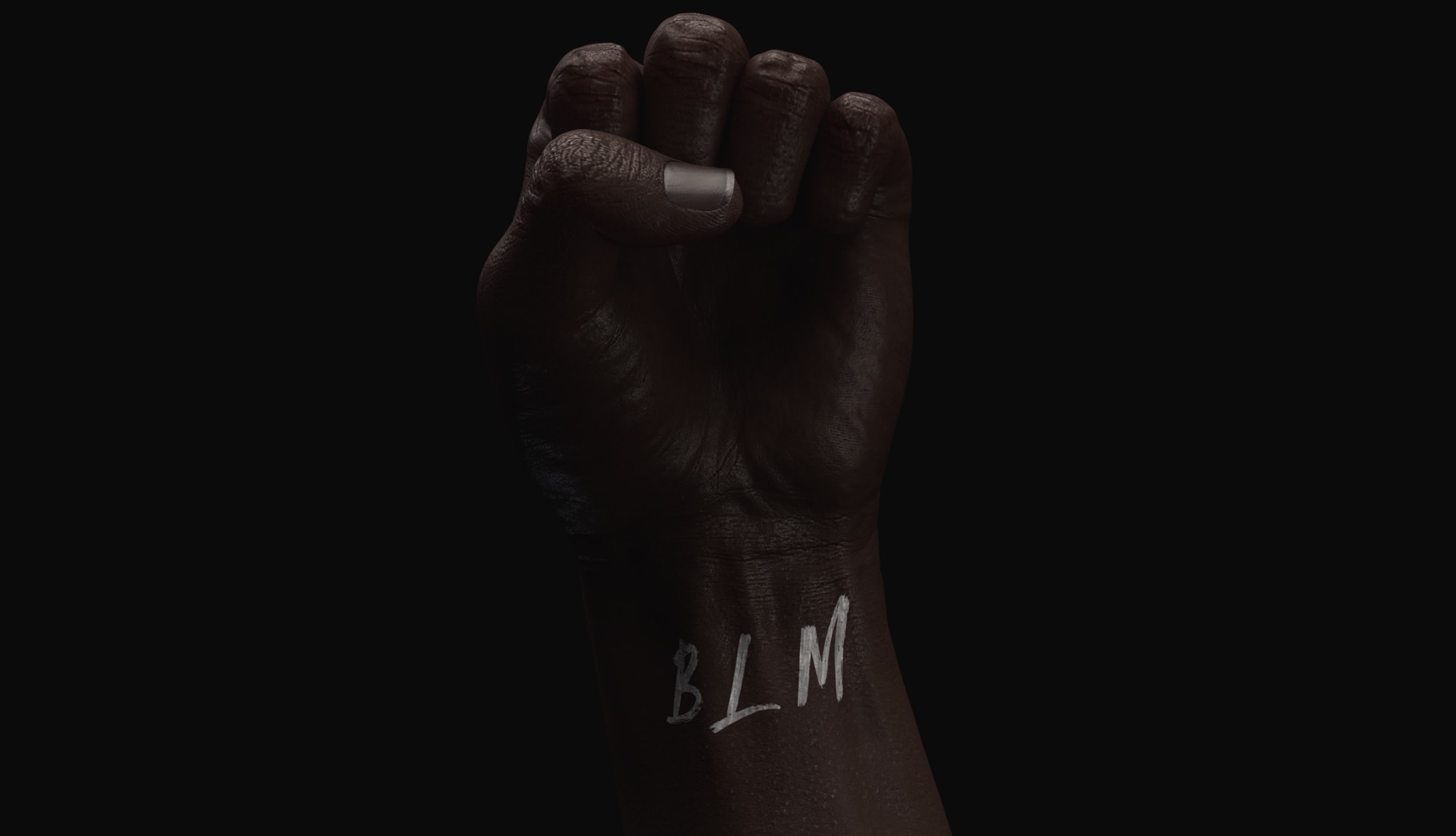
Being part of social justice activism is a risk that a lot of brands weren’t willing to take until now. But with recent events around the death of George Floyd in the US and the consequent focus on the Black Lives Matter movement, many have decided to change their stance. As a new generation of young consumers becomes increasingly politically active, brands have realised they have the power, influence and responsibility to get involved too.
While this has been a contentious topic in the past, with many believing politics wasn’t the place of brands – and even boycotting them for having a voiced opinion – the rise of gen Z tells us that in 2020, brands are expected to have an active stance on social and political issues. A 2018 Edelman Earned Brand study revealed that 64% of consumers around the world would buy from brands that are vocal about their beliefs and principles – and the concept of ‘voting with your wallet’ is becoming more widespread, where consumers show allegiance to brands that are aligned to their own values.
So, what exactly do consumers expect of the brands that are pledging their support for the Black Lives Matter movement? What should brands be doing and saying in this politically charged environment, and which are the brands that are leading the way? We asked our global customer community to share their thoughts on the best ways for brands to be socially and politically active, and from what they told us, we’ve put together a five step guide to getting it right…
Social Media Activism
Support for Black Lives Matter has taken social media by storm, with information and resources being shared everyday. Companies have taken to their social media platforms to publicise their statements, saying they stand in solidarity with victims of violence and racial inequality, and most make a pledge to do better in their executive actions. While these posts are usually kept short and simple, it’s still impactful for brands to be clear in their stance and broadcast it to as many consumers as possible, and social media is one of the most effective ways to reach them, interrupting their usual content feed.
Bulbshare user, 18 🇬🇧
Bulbshare user, 25 🇬🇧
Bulbshare user, 20 🇺🇸
Put your money where your mouth is
While publicly stating their support for the Black Lives Matter movement and racial equality initiatives, a social media post is just the first step for a brand to put their beliefs into effect. Many companies are being criticised for using the default aesthetic of white letters on a plain black background with what sounds like empty promises. Gen Z are particularly sceptical of a company that doesn’t show the same enthusiasm for changing their own course of actions as they do for using hashtags or changing colour schemes. In order to gain the trust of belief-driven consumers, brands have to follow up their statements with substantial action such as donating to charities, promoting Black organisations, or sharing resources for their audiences to learn from.
Bulbshare user, 35 🇺🇸
Bulbshare user, 40 🇺🇸
Bulbshare user, 41 🇧🇷
Our market research tool found that many users cited Ben & Jerry’s as a brand they think is going above and beyond in their activism. With a more straightforward-than-average declaration of “We must dismantle white supremacy,” Ben & Jerry’s has published many different statements, infographics, and business initiatives that illustrate the legislation and political upheaval they deem necessary for racial equality. Founders Ben Cohen and Jerry Greenfield have even been attending protests themselves.

Building from the bottom
Even still, once our news feeds slowly return to normal, consumers will be looking to brands to practice what they preach. With the rise of popularity in ethical consumption, buyers actively research a brand’s leadership and policies before making a purchase. If a company’s internal practices like hiring and sourcing match their external activism, it strengthens their overall brand image and greatly enhances consumer trust. Overwhelmingly, many consumers from our global community expressed how they want brands to hold themselves accountable for practicing equality and diversity in all levels of their employment.
Bulbshare user, 36 🇬🇧
Bulbshare user, 28
Bulbshare user, 26 🇦🇺
Diversity in advertising
Another way for brands to back up their support for the Black Lives Matter movement and other social justice issues, is to advertise their products with diverse and inclusive models, in the beauty and fashion industries especially. We as consumers are incredibly diverse, coming from different cultures, identities, abilities, and body shapes, and it’s becoming more important than ever to feel represented in advertising from brands that want to get us to buy their products. In a 2019 survey by Adobe 62% of respondents said that a brand’s diversity (or lack thereof) impacts their perception of the company as a whole. 34% said they have even stopped shopping with certain brands because of their lack of representation. Dove was mentioned numerous times by our community of consumers as a brand they believe is getting their advertisement campaigns right. One of the first brands to ever pledge to show ‘real beauty,’ since 2004 they have been using women of all races and body types in their campaigns.
Bulbshare user, 41 🇬🇧
Bulbshare user, 20 🇲🇾
Bulbshare user, 45 🇦🇺
Bulbshare user, 37 🇺🇸
The right partnerships
Some brands have even raised the standard by sharing their platform and resources with organizations that are working toward racial equality. Netflix has partnered with the Marsha P. Johnson Institute ahead of their virtual Pride event, Ben & Jerry’s is working with organizations Color of Change and Advancement Project, even sports teams like Manchester United have taken the initiative to support anti-racism organization Kick It Out, donating all the proceeds of their ‘Black Lives Matter’ shirts. Brands that publicly pledge their allegiance to the cause by partnering with charities or foundations are not only giving back to communities, but giving those organizations exposure and actively aligning themselves with progress toward social justice.
Bulbshare user, 44 🇬🇧
Bulbshare user, 37 🇲🇾
Bulbshare user, 39 🇲🇾

While consumers certainly have a right to believe that brands don’t have a place in social justice, it’s increasingly harder for brands to avoid taking a stance in the age of social media and ethical shopping. As long as a brand’s statement is followed up by a concrete action plan, our digital consumer communities largely responded positively and are willing to support that company even more.

Our Covid-19 Tracker charts the changing daily attitudes and behaviours of 1000s of global consumers – capturing real customer voice and forecasting future consumer trends. As Government restrictions ease, our week eight report takes a detailed look at the changing face of the Post Covid-19 consumer.
Click below to download our full report, tracking the thoughts, feedback and opinions of our global community from the onset of the crisis.

Satisfaction with Government varies across countries